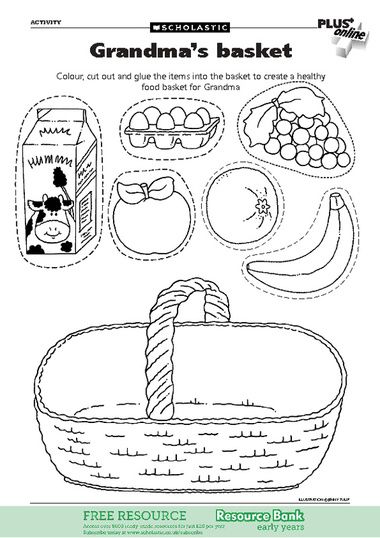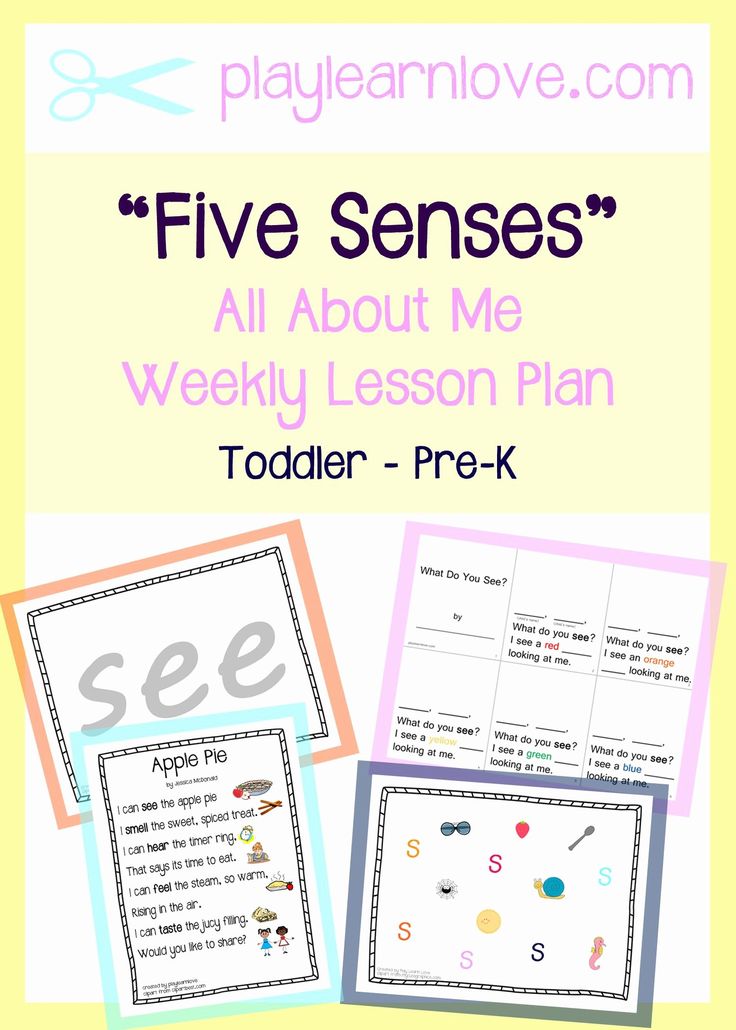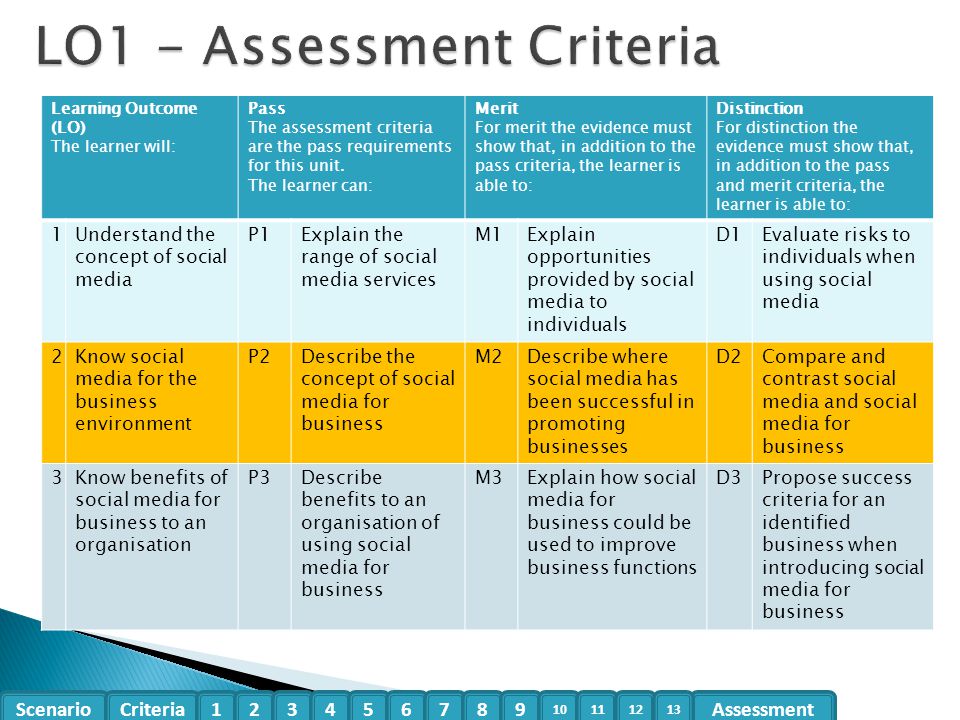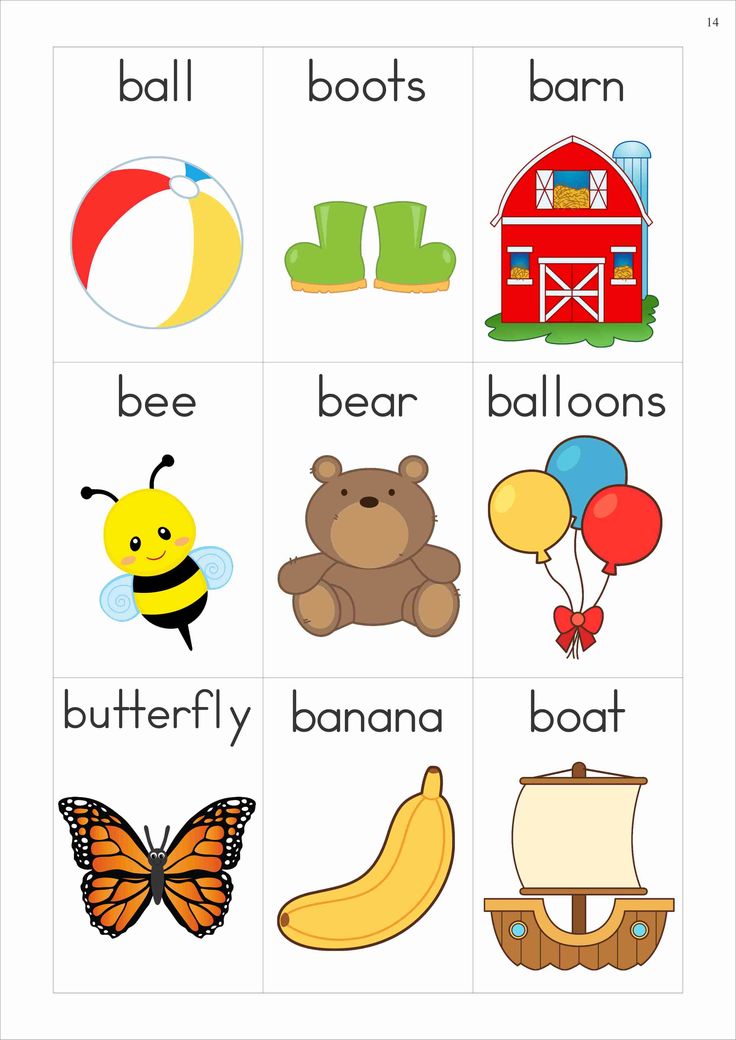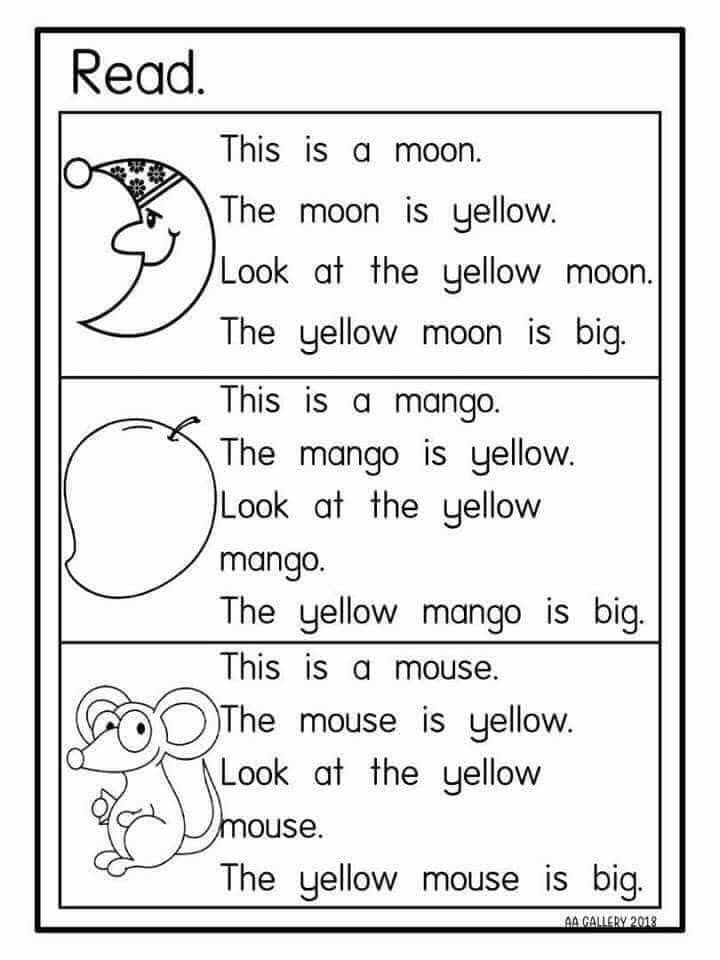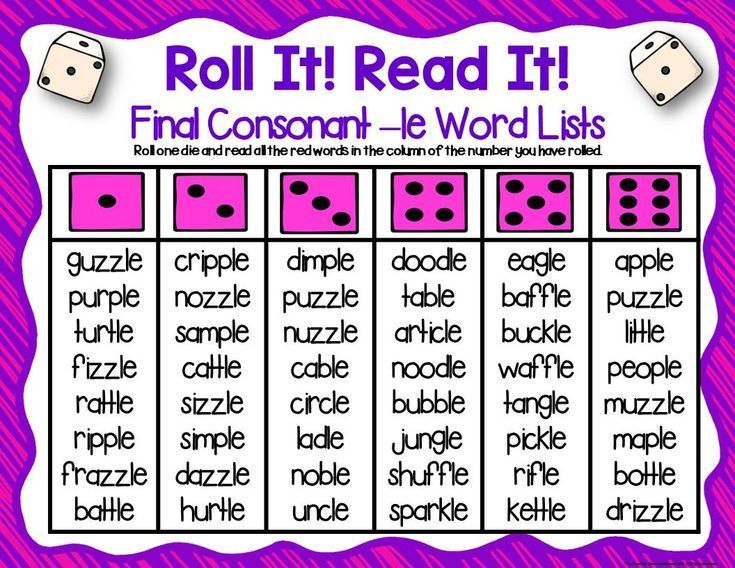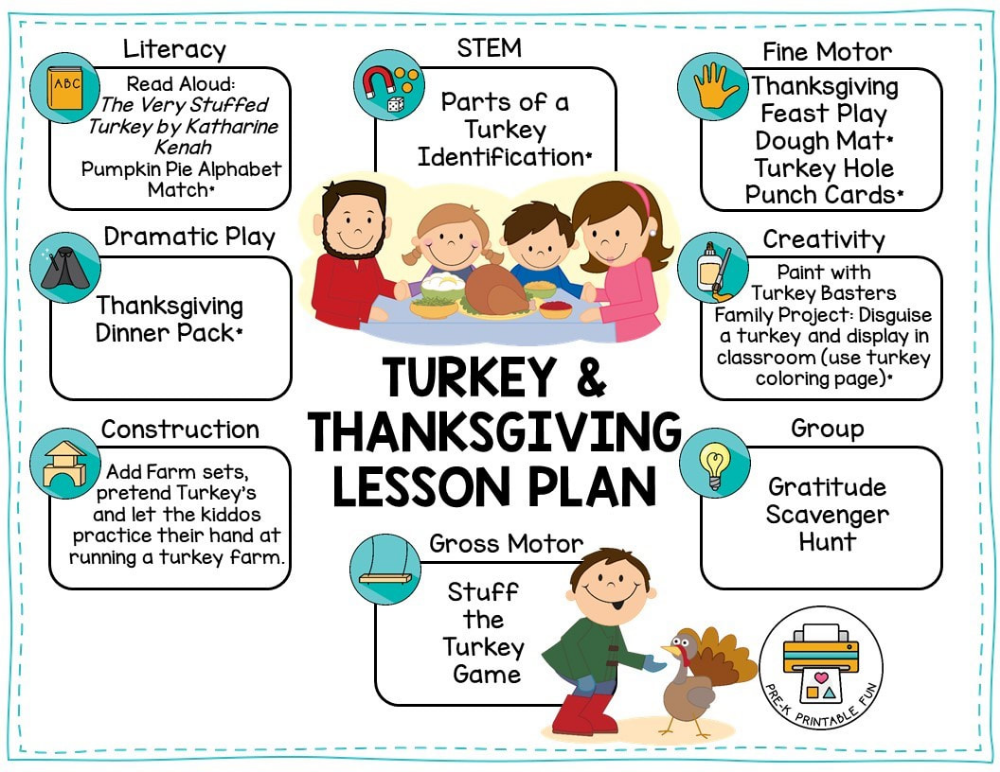Cooperative play activities for preschoolers
Cooperative Play Ideas for Kids
When it comes to playing, there are 6 main stages that occur as a child grows up, and their play becomes a lot more advanced. These involve children being able to cooperate with others and work together in class and on the playground.
Today, we’ll be having a brief look at some cooperative play ideas for kids as well as the different stages to look out for.
What is Cooperative Play?
Cooperative play is defined as being an organised form of activity that involves the equal distribution of efforts and responsibilities among the children to reach a common goal. Knowing the cooperative play definition, many people see these activities as being incredibly important in development through childhood.
It’s good for children to spend time working with others, so they develop important social skills as they move through nursery and school.
Some examples of cooperative play games could include building dens and putting on performances using a stage with props. These things encourage children to share ideas, work together and come up with stories. This can also incorporate independent learning which is another key part of early childhood development.
Playing is a great tool for helping kids learn at such a young age. It combines fun and education which young pupils need to pay attention to and go away learning something new. It develops their physical, mental, social and emotional skills which are vital at this point.
Through this type of play as well, roles like leader and follower are clearer to see amongst the class. It allows those who suit a certain role to build upon it, whilst giving them a chance to experience the other role and understand what it involves. This is a key part of cooperative play child development during nursery and school.
These games can involve as few as two children up to bigger groups of five or more. It’s all about encouraging kids to have fun together and improve their cooperation skills.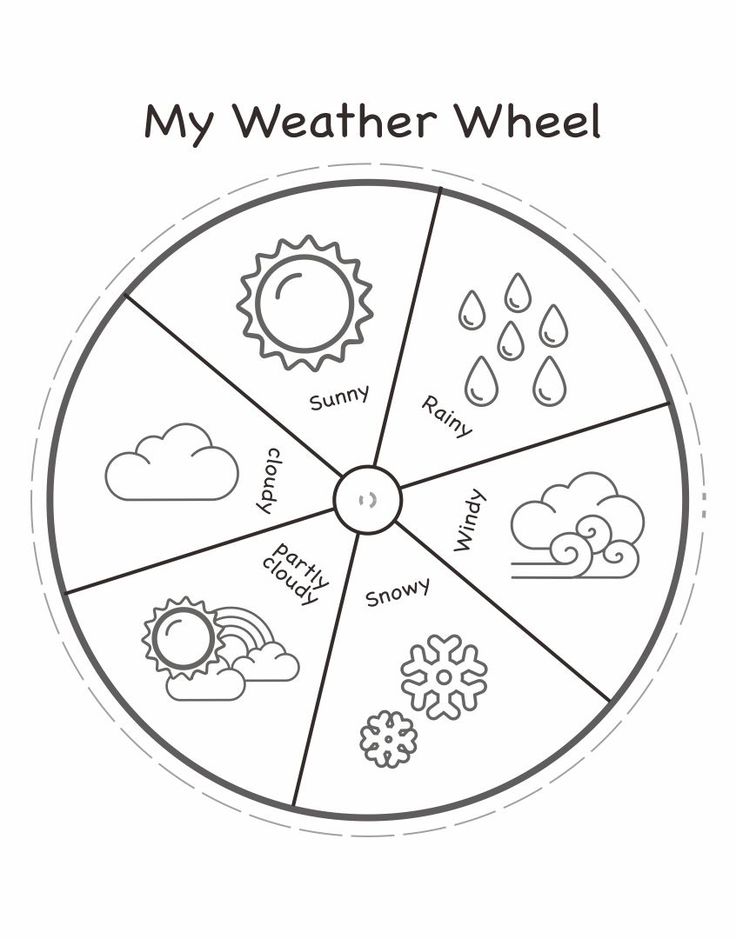
Cooperative Play Examples
Here are a few cooperative play examples you could encourage kids to try at your school:
- Treasure Hunt
- Puzzles
- Building Dens
- Relay Races
- Team Games
- Making Up a Dance
- Board Games
These are all activities that encourage children to play together and cooperate on a specific task. They will begin to learn how to interact with others, follow instructions and prepare themselves for the next stages of education.
6 Stages of Play
Children will encounter six different stages of play leading up to cooperative activities with others. Each stage will help with the development of certain skills and overall lead to a child who can take part in social activities without causing any problems. Below are the different stages a child will go through (keep in mind: these different stages don’t necessarily happen in the order given):
- Unoccupied Play – The child is mainly exploring their environment.
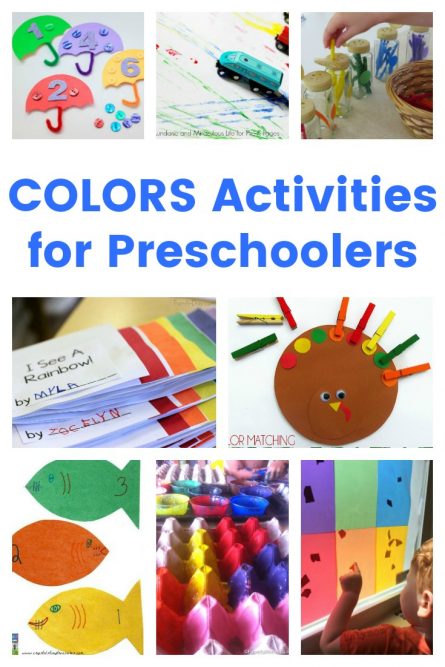 No rules or structure to it, it’s mostly random exploration. The learning is done through personal interaction with the objects/people they will encounter.
No rules or structure to it, it’s mostly random exploration. The learning is done through personal interaction with the objects/people they will encounter. - Onlooker Play – Taking a more of a spectator role, the child will watch other children playing and interacting with objects BUT not interact with them. Social interaction is learnt through observation.
- Solitary Play – Children will choose to bring their own toys near other children but not interact with others. Practically, they will play by themselves but feel the feeling of the company.
- Parallel Play – Linking closely to Solitary Play, children will still be playing in proximity with others and not interacting with each other. However, they will be given the same type of toys in
- Parallel Play, e.g. building blocks, to create a sense of common ground.
- Associative Play – Slowly introducing social interaction, children are put in groups for a mutual activity that has no common goal to work towards.
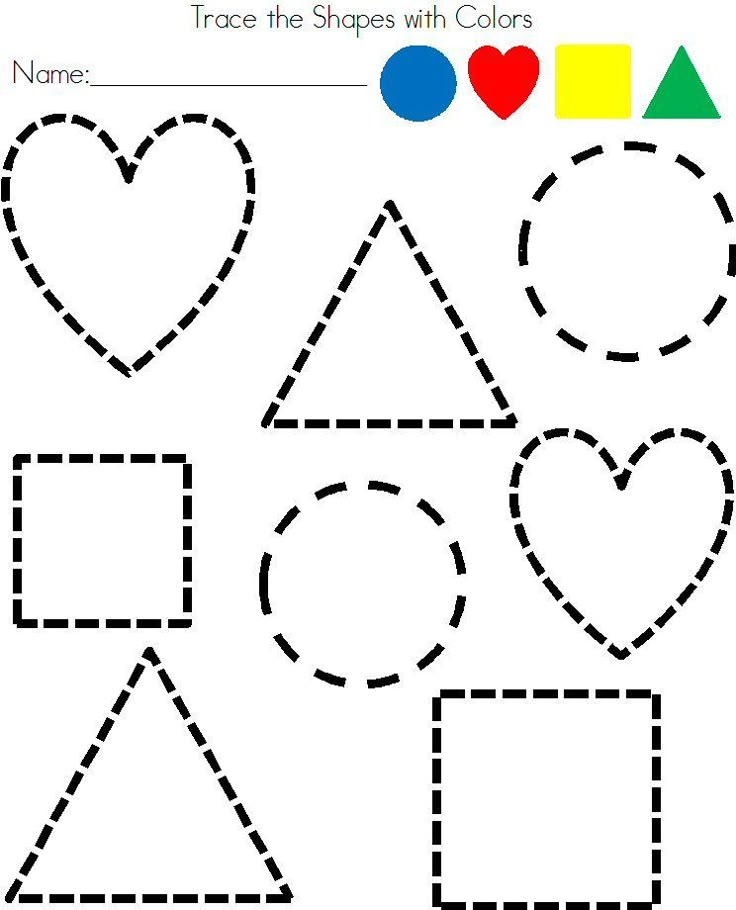 This might be painting, building, throwing and catching a ball or messing around with sensory materials.
This might be painting, building, throwing and catching a ball or messing around with sensory materials. - Cooperative play – At this point, this is where children start to work together towards a common goal, such as creating something. This can also be known as collaborative play. A good example is an art project. Some children may collect the supplies and design what the project will be whilst the other half may be the ones who carry out the instructions.
These 6 stages of play are crucial in the development of kids and will lead to a stronger sense of social skills. Incorporating these stages into daily activity will help the process go a lot quicker and more efficiently.
Benefits of Cooperative Play
The cooperative play offers a number of benefits to those who fully engage with the activities that are presented to them. Some of these benefits include:
- Improvement of physical, social, mental and emotional skills
- Listening and speaking skills are built upon
- Teamwork
- Leadership
- Make use of different skills
- Sharing of ideas/responsibilities
- Problem-solving
- Work together to reach a common goal
- Concept of everyone being “winners”
A key thing to keep in mind when it comes to these types of cooperative play is how everyone is a “winner”.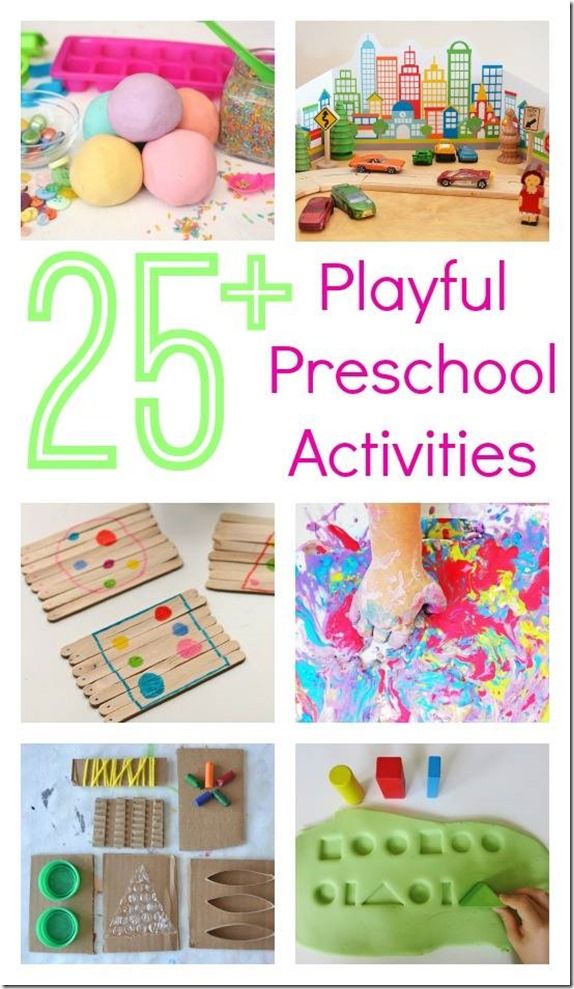 Cooperative play doesn’t have a way to effectively “win” the challenge set for them. However, children will like the aspect of competition and try and turn it into one. Through this, many kids who fail the task set for them may think of themselves as “losers”.
Cooperative play doesn’t have a way to effectively “win” the challenge set for them. However, children will like the aspect of competition and try and turn it into one. Through this, many kids who fail the task set for them may think of themselves as “losers”.
The reason I bring this point up is that the task requires teamwork, and instead of trying to win something, they are trying to solve a problem and must work together. The difference being, you can’t lose at the task, so try and discourage the mentality that some of the kids may have whilst carry out this activity. With this, children learn that it’s not always about winning and losing, but working as a team.
Playing Cooperatively in Early Years
There’s no doubt that cooperative skills are important in the later years, but I would argue that it’s equally important during the Early Years. Early Years is when the mind is developing at the most effective rate and so teaching children the importance of cooperation through play is a great method to allow the learning to be absorbed into their minds.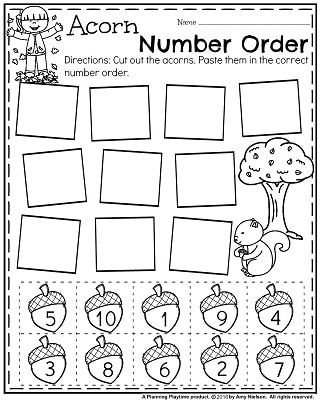 Have a look at some more outdoor play ideas for EYFS if you would like to find some more activities for your nursery.
Have a look at some more outdoor play ideas for EYFS if you would like to find some more activities for your nursery.
Using simple activities can be easily incorporated into the mindset of the pupils with no problem. It’s good to teach them at this age as well because cooperative play teaches important concepts like sharing, abiding by rules and patience. Teaching these things through a game at such a young age will also benefit the pupils in the future.
Communication Skills on the Playground
Cooperation requires a strong sense of communication for it to be effectively carried out. During the Early Years, this can be hard for young kids as communication is a skill that is built upon through previous experiences. Through performing cooperative tasks, communicating becomes a lot easier between the pupils.
A stronger understanding of how to approach people in difficult situations or how to resolve conflict can be taught through these simple activities.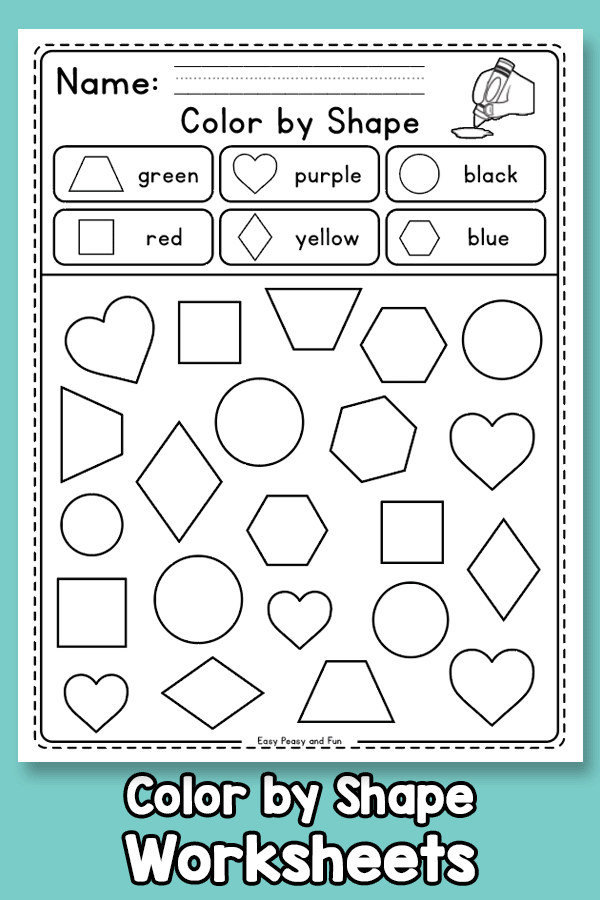 Keep in mind that children need to encounter these types of problems during play to develop. They will help build a general knowledge of effective communication and improve their basic understanding.
Keep in mind that children need to encounter these types of problems during play to develop. They will help build a general knowledge of effective communication and improve their basic understanding.
Of course, other activities may offer this benefit of developing communication, but cooperative activities put the pupils in situations that apply to everyday life and therefore the learning a lot quicker. They can relate to the situations given to them through this mean compared to just normal games.
How Do You Promote Cooperative Play?
Here are a few ideas you can use to promote cooperative play with your own children or with school and nursery pupils.
- Encourage taking turns – Children should learn to share toys and games with others, ensuring everyone gets a fair turn using a piece of equipment.
- Do chores and tasks at home – Get children involved in simple jobs with parents or siblings like tidying up or setting the table for a meal
- Be an example of compassion – Children learn from the behaviour of adults, if you practise kindness and empathy in front of them, they are more likely to take on these qualities.
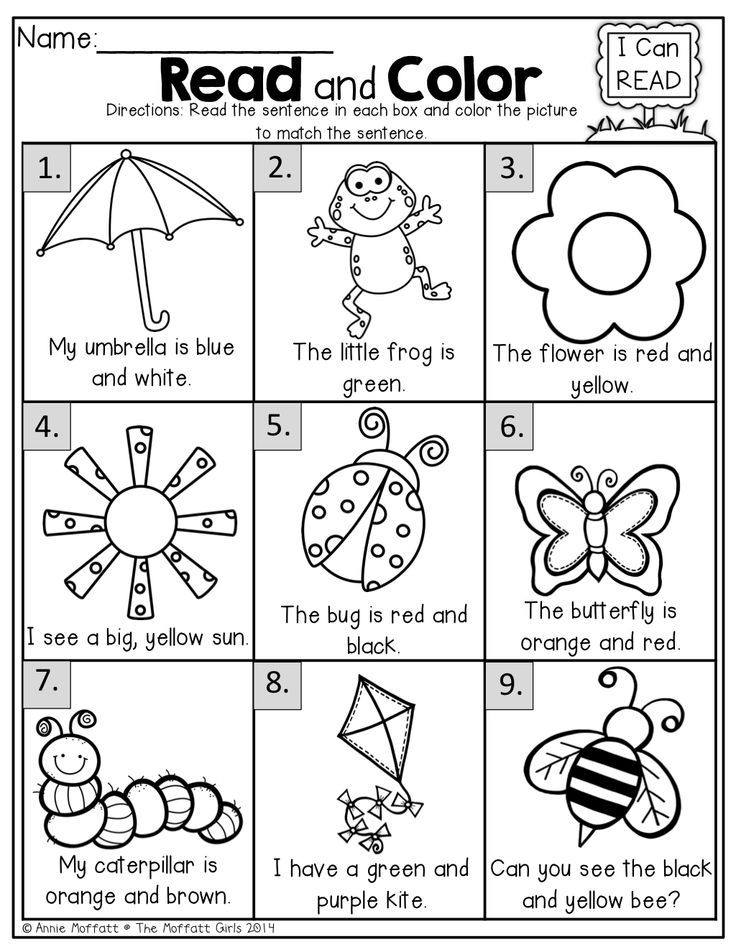
- Promote free play – Having the freedom to engage in unstructured play is a great way for kids to interact with others and make their own fun.
- 4 Ideas for Teaching Organisation on the Playground
- 4 Reasons Why Schools Have Artificial Grass
- Activities to Teach Kindness on the Playground
- All Weather Surface Children’s Playground Safety Flooring
- Artificial Grass and Rubber Mulch Surfacing in Derby, Derbyshire
- Artificial Grass and Wetpour Pathway Installation at a School in Birmingham
- Artificial Grass and Wetpour Roadway Construction in Liverpool
- Benefits of a Mud Kitchen for a School Playground
- Benefits of Climbing in Primary School
- Benefits of Sensory Activities for Individuals With Autism
- Bespoke Playground Surfacing With Graphics in Northampton
- Best Playground Equipment for Primary Schools
- Black Wetpour & Artificial Turf Construction at a Nursery in Harlow, Essex
- Black Wetpour Flooring Construction in Canterbury
- Children’s Play Area Flooring
- Children’s Sensory Playground Designs
- Colourful Play Area Surfacing in Sheffield, South Yorkshire
- Colourful Playground Flooring Design in Cardiff, Wales
- Colourful Rubber Playground Flooring in Wakefield, West Yorkshire
- Colourful Rubber Playground Flooring Installation in Wakefield
- Colourful UK Playground Surfacing in Bedfordshire
- Cooperative Play Ideas for Kids
- Costs of Schools Playground Safety Surfaces
- Creating a Storytelling Area in Your Playground
- Day Care Playground Safety Flooring in Stoke, Staffordshire
- Den Building Ideas for Schools
- Early Years Outdoor Play
- Educational Play Designs
- Educational Playground Surface Installation in Brighton
- Educational Playground Surface Installation in Brighton, East Sussex
- Encouraging Risk Taking in Outdoor Play
- EPDM Rubber Play Area Flooring in Luton
- EPDM Rubber Play Area Flooring in Luton, Bedfordshire
- EPDM Rubber Play Area Surfacing in Leeds, West Yorkshire
- EPDM Rubber Wetpour Flooring in Newcastle, Tyne and Wear
- EPDM/SBR Rubber Surfacing Playground Flooring
- Expressive Arts Playground Ideas
- How Do I Apply for Grant Funds for a Play Area in the UK?
- How Do Wet Pour Repair Kits Work
- How Playing Outside Can Reduce Stress and Anxiety
- How to Encourage Phonics Learning on the Playground
- How to Prepare Your Playground for Winter
- How to Refresh Your School Playground
- Imaginative Play Ideas for Kids
- Impact Attenuating Playground Surfacing
- Improving Children’s Mental Health With Play
- Inclusive Playground Equipment for Schools
- Independent Learning Activities for Kids
- Lap, Leap, Neap Play Area
- Large Wetpour Play Area Surface in Stockport
- LEAP Local Equipped Area for Play
- Learning Through Play – Psychology and Theories
- Managing Behaviour Through Active Outdoor Play
- NEAP Neighbourhood Equipped Area for Play
- Needlepunch Playground Construction in Kilmarnock
- Nursery EPDM Rubber Surfacing in Wolverhampton
- Nursery Play Area Maintenance
- Nursery Play Area Surfacing
- Nursery Playground Installation
- Nursery School Green Wetpour Overlay in Gloucester
- Ofsted Requirements for Outdoor Play
- Outdoor Maths Games for Children
- Outdoor Nursery School Surfacing in Preston
- Outdoor Nursery School Surfacing in Preston Lancashire
- Outdoor Play Area Ideas for Kids
- Outdoor Play Ideas for Children With Dyscalculia
- Outdoor Playground Roadway Design
- Outdoor Safety Flooring Designs
- Outdoor Wetpour Surfacing Install in Leicester
- Play Area Line Marking Specification
- Play Area Maintenance
- Play Area Surfaces
- Playground Activities for the National Curriculum
- Playground Designs for Sensory Processing Disorder
- Playground Equipment for Schools
- Playground Fencing
- Playground Flooring Repair in Birmingham, West Midlands
- Playground Games for Children With Dyspraxia
- Playground Games to Encourage Speech Development
- Playground Grass Mats Safer Flooring
- Playground Marking Graphics
- Playground Markings
- Playground Safety Surface Construction in Reading, Berkshire
- Playground Safety Surfacing with Graphics in Shropshire
- Playground Surface HIC Safety Flooring
- Playground Wet Pour Flooring in Northamptonshire
- Playground Wet Pour Flooring in Northumberland
- Playground Wet Pour Flooring in Nottinghamshire
- Playground Wet Pour Flooring in Oxfordshire
- Playground Wet Pour Flooring in Rutland
- Playground Wet Pour Flooring in Shropshire
- Playground Wet Pour Flooring in Somerset
- Poured in Place Rubber Bouncy Playground Surfaces
- Pre School Play Area Surfacing in Wigan, Greater Manchester
- Pre-School Play Area Surfacing in Wigan
- Primary School Outdoor Classroom Funding Grants
- Protective Playground Flooring
- PS4 Activity Games Space Area in Penrith
- Q26 – Wetpour Playground Safety Surfacing
- Rubber Outdoor External Playground Flooring
- Rubber Playground and Artificial Grass Surfacing in Middlesbrough
- Rubber Playground Surface Construction
- Rubber Spheres Play Equipment
- Rubber Tarmac Flooring
- Rubber Tarmac School Outdoor Playground Flooring
- Safety Surfaces For Playgrounds
- Sand and Water Play Activities for Kids
- School Adventure Trail Designs
- School All Weather MUGA Pitches
- School Athletics Track Designs
- School Playground Design and Install in Manchester
- School Playground Graphics
- School Playground Groundworks
- School Playground Ideas
- School Playground Maintenance
- School Playground Marking Designs
- School Playground Surfacing
- Schools Recreational Long Jump Runway Length
- SEN Playground Equipment for Schools
- Small nursery EPDM Rubber Surfacing in Wolverhampton
- Soft Fall Impact Absorbing Playground Surface
- Spongy Nursery School Surfacing in Carlisle
- Spongy Playground Flooring Construction in Woking, Surrey
- Spongy playground flooring construction that we carried out in Woking, Surrey
- Spongy Safer Pour Surfacing for Playgrounds
- Tests for Playground Safety Flooring
- Top 3 Safety Surfaces for Playgrounds
- Top 5 School Playground Trends
- Wet Pour Surfacing and Synthetic Turf Construction in Worthing, Sussex
- Wetpour Flooring & Graphics Installation in Bristol
- Wetpour Playground with Graphics in Salford, Greater Manchester
- Wetpour Safety Flooring with Graphics at a Nursery in Cheltenham, Gloucestershire
- What Is Critical Fall Height?
Cooperative Play Activities
Creating activities at first can be a bit of a challenge for someone who doesn’t know what to do.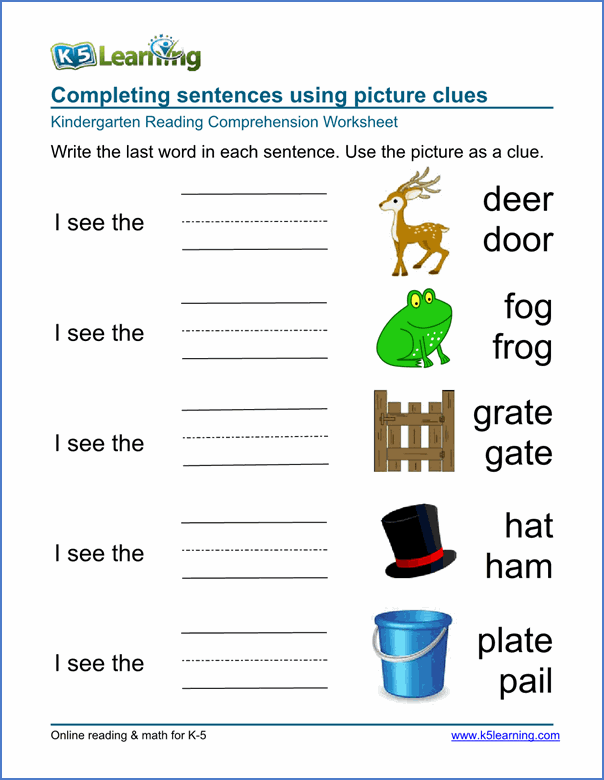 But here are a few different cooperative play activities for toddlers and children that we recommend that you try and incorporate into your teaching somehow.
But here are a few different cooperative play activities for toddlers and children that we recommend that you try and incorporate into your teaching somehow.
A great place to start with cooperative games is with building blocks. Set a task to groups of pupils to construct a building from blocks. Sounds easy but there’s a twist. Half the group are the suppliers of the blocks, and the other half is the actual builders. By doing this, you are encouraging the kids to take turns and cooperate with each other to get the job done efficiently and effectively with no problems.
Another great activity to get pupils involved with is running a pretend shop. As this is a role-play based activity, kids can also work on their imaginative thinking, alongside social and logical thinking. Give each child a different role in the game and leave them working together to run the pretend shop for a while. The roles in these cooperative games should intertwine with one another, causing social interactions to occur.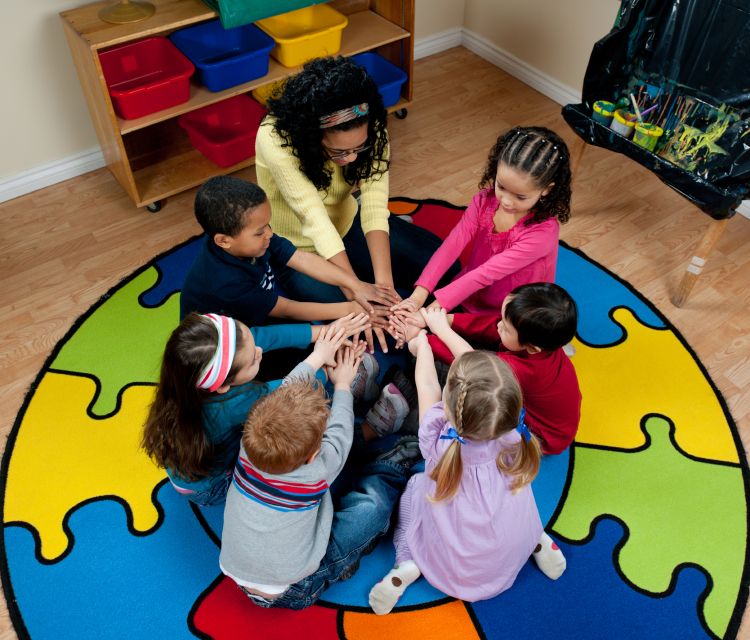 There are loads of outdoor play activities for kids which you could incorporate into break times at your school or nursery.
There are loads of outdoor play activities for kids which you could incorporate into break times at your school or nursery.
Remember, cooperative playground activities are a great method for improving not just social skills, but a wide range of skills. Try your best to incorporate the activities daily and try to get full engagement from everyone. If you have any other questions about cooperative play ideas for children or you want any more information then get in contact with us today!
Get expert advice, today call us on
Get a FREE quote from our award winning team
01625 445760
Contact Us
What Is Cooperative Play? Plus 6 Ideas To Try With Your Child
Did you know there are six stages of play in child development? Today, we’ll take a closer look at the final stage, called cooperative play, and explain how you can incorporate it into your child’s routine.
With our help, you’ll learn what cooperative play entails, what its benefits are, and plenty of ideas to try at home. From building a fort to putting on a play, our six engaging activities will strengthen your child’s social skills in fun, new ways!
From building a fort to putting on a play, our six engaging activities will strengthen your child’s social skills in fun, new ways!
The 6 Stages Of Play
Cooperative play is just one of the six stages of play your child will experience as they develop. However, before we learn about cooperative play, let’s take a look at the other five stages and what you should expect from each.
Remember: These stages of play should simply be used as a guide for parents to better understand their child’s development. It’s perfectly normal for children to enjoy all stages of play at any age, so don’t fret if you notice them switching back and forth between stages.
Unoccupied Play
The first stage of play is unoccupied play. This stage typically begins anywhere from birth to three months of age and is displayed through babies learning to kick their legs and explore their immediate surroundings.
Solitary Play
The second stage of play is solitary play.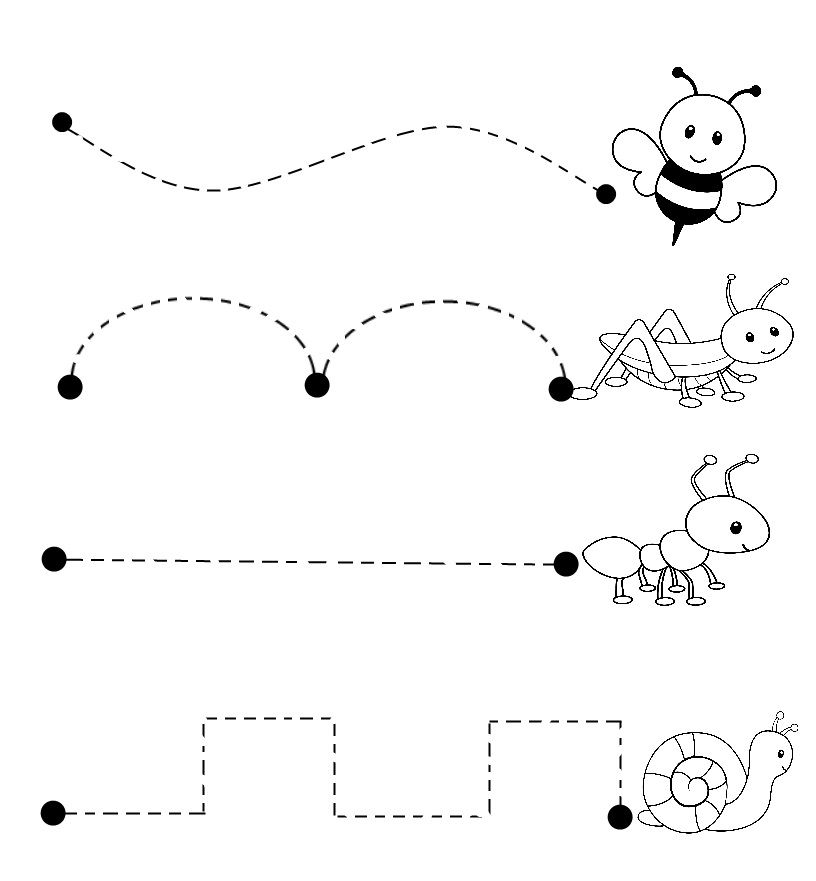 In this stage, children begin to play alone with toys and do activities in a more organized capacity.
In this stage, children begin to play alone with toys and do activities in a more organized capacity.
This is a very normal, healthy part of development and prepares children for future play with others.
Onlooker Play
Stage three is onlooker play, in which children observe others playing. Similar to “people watching” in adulthood, observing helps children understand social interaction and the unwritten rules of playing with others.
Parallel Play
In stage four, parallel play, children will often engage in their own activity while in the company of others. While they’re not yet playing with a group, they’re taking in lots of information to prepare for interacting with other children.
Associative Play
Next is associative play. In this stage, children are able to put their newly acquired knowledge about engaging with others to the test.
This is a significant milestone for children as they continue to develop their interest in others and practice their social skills.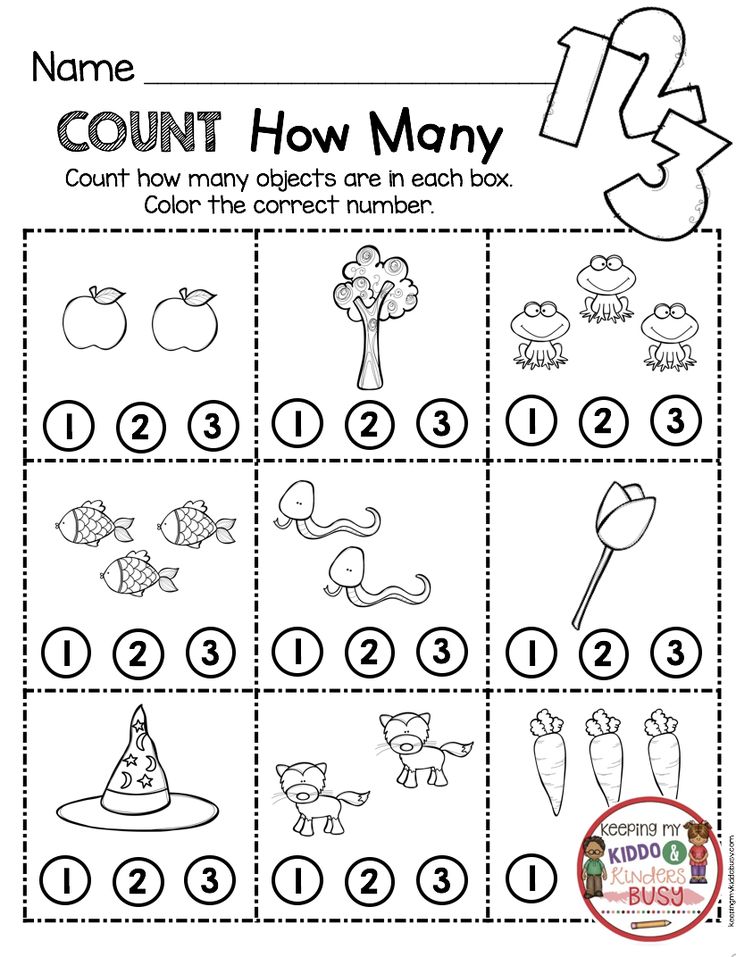
Cooperative Play
Finally, the sixth stage of play is cooperative play, which is what we’ll focus on today. As the name suggests, this stage of play centers around children learning to collaborate and cooperate with others to achieve a common goal.
By engaging in cooperative play, your child develops their social skills in the following ways:
- Learning about the importance of rules and negotiation
- Beginning to resolve conflict through their communication skills
- Gaining empathy for others by understanding the importance of fairness
There are many ways to incorporate cooperative play into your daily routine as a family. Simple tasks such as helping set the table for dinner, sharing toys with a sibling, and reading a book together are a few prime examples.
Below, we’ve compiled a list of our six favorite cooperative play ideas that you can try with your child at home. These fun activities are designed for you to get involved and facilitate bonding between the two of you while strengthening your child’s cooperation skills.
6 Cooperative Play Ideas To Try With Your Child
1) Build A Fort
Working together to build a fort, whether it’s indoors or outdoors, is a fun way to bond with your child. This activity helps foster cooperation skills, expands their vocabulary, and develops their ability to share ideas.
Take the time to discuss the materials you’ll use to build your fort and the best way to design the structure with your child. This encourages them to use their listening skills and imagination as they visualize how the fort will come together.
Once it’s built, enjoy reading, playing a game, or having some mindful media time together!
2) Play A Board Game
Playing board games with your child can be entertaining, but it’s also a great way for them to learn about rules and what they mean during social interactions.
Listening to the rules of a board game as they’re explained and following those rules throughout gameplay can be a challenge at first and will require some patience from both yourself and your child.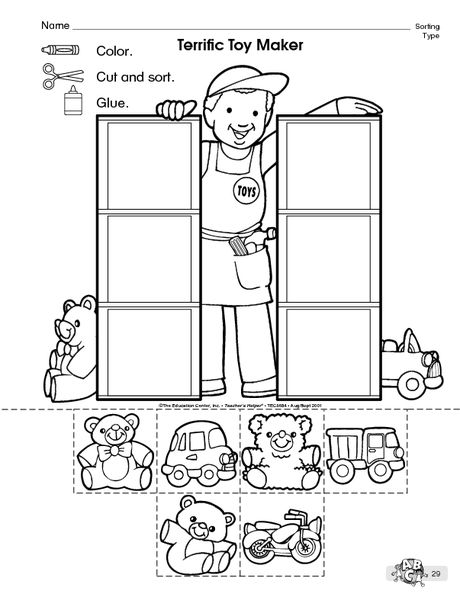
If your child accidentally breaks a rule, gently remind them of the rules and why they matter. This is important because rules help create structure and ensure fairness, which is a valuable experience.
Be sure to model good sportsmanship for your child when you lose a game (whether it’s on purpose or not!) to show them what’s expected during social interactions. This can help promote empathy as your child considers the feelings of others in the game.
It’s also helpful to exhibit positive behavior when you win a game, such as shaking hands or offering a compliment to your child for participating and taking on a new challenge.
You might even like to practice some stress management exercises together if your child is struggling to regulate their emotions.
3) Create A Dance Routine
If your child loves to boogie, try choreographing a dance routine together!
Besides the physical benefits of dancing as a form of exercise, creating and memorizing a dance routine with your child can help teach them to express their emotions in a healthy way as well as strengthen their communication skills.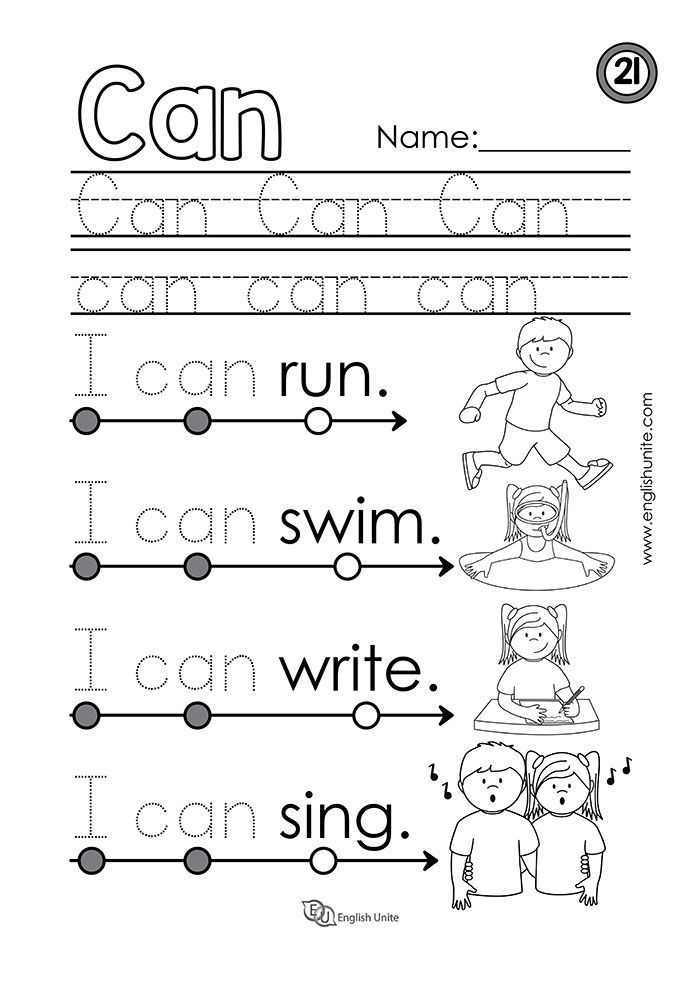
Creating a dance routine together involves using your imagination, listening, negotiating which moves will or won’t be included, and having patience while the two of you learn and practice the choreography.
These are valuable skills that can be transferred to many areas of your child’s life and will serve them well as they interact with other children as they grow up.
4) Finish A Puzzle
Puzzles provide an excellent opportunity for children to practice their problem-solving skills and develop their memory.
Completing a puzzle together creates a safe space for your child to try and fail, testing out which pieces fit together and which ones don’t. It’s also another way for them to self-regulate their emotions and deal with situations that have the potential to be frustrating.
Start with an easy puzzle (appropriate for their age group) and lay the pieces out on the table face-up to minimize confusion.
Pro Tip: Encourage your child to match particular colors and find pieces to complete the edge of the puzzle first.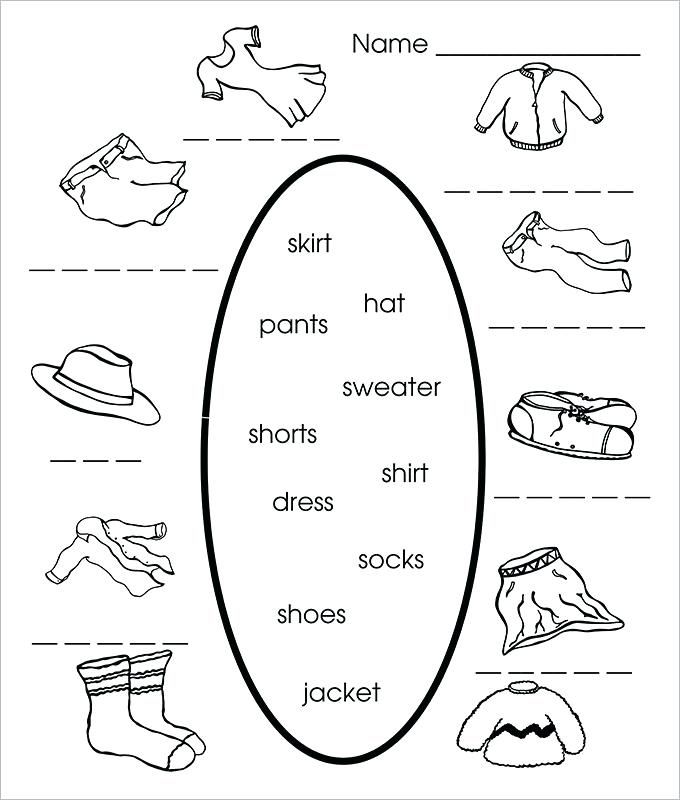
5) Cook Or Bake Together
A cooperative play activity that ends with a yummy snack? Yes, please!
Cooking or baking with your child not only encourages them to utilize their counting skills and measuring abilities, but it also gives them a great opportunity to practice following directions (which is very similar to following rules).
By listening to the instructions of the recipe you’re creating together and understanding the steps to follow, your young learner will build self-confidence as your dish comes together.
Your little chef can help you by cracking eggs, stirring batter, washing ingredients like fruit or vegetables, and putting toppings on the food.
Some simple recipes you might like to start out with include pizza, cookies, muffins, smoothies, and fruit salad. Maybe you’re feeling creative and you want to develop your own recipe together — the possibilities are endless!
6) Play Pretend With Dress-Up
Last but not least, playing pretend with dress-up is one of our favorite cooperative play activities for so many reasons.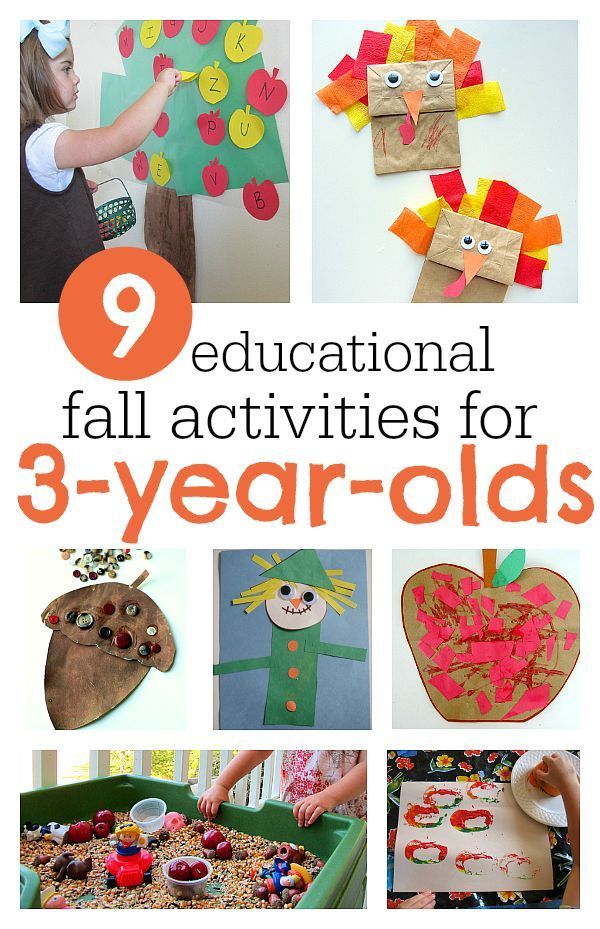 It promotes imagination and creativity, encourages communication, and requires sharing and negotiation.
It promotes imagination and creativity, encourages communication, and requires sharing and negotiation.
Playing a character like a chef, superhero, vet, or firefighter means your child has to imagine and articulate what that character might say and how they might act. And deciding who is going to dress up as which character means learning to negotiate.
For even more of a fun challenge, consider putting on a performance with the characters you’ve created together. This will give your child a chance to practice their forward planning and problem-solving skills.
Strengthen Social Skills With Cooperative Play
Cooperative play is a fantastic way to develop your child’s social skills, communication, and ability to collaborate with others to achieve a shared outcome.
By doing some of the activities in this guide — from playing board games and finishing puzzles to playing pretend and creating a dance routine together — your child can practice their skills while sharing fun experiences with you!
The Learn with Sesame Street app is an effective tool that helps kids learn and develop their social and emotional skills. With the help of their Sesame Street friends, kids learn how to express their emotions, empathize with others, and create healthy relationships. Explore the Learn with Sesame Street app today!
With the help of their Sesame Street friends, kids learn how to express their emotions, empathize with others, and create healthy relationships. Explore the Learn with Sesame Street app today!
Author
Joint play activities of preschoolers as a means of developing relationships | Consultation (senior group) on the topic:
Joint play activities of preschoolers as a means of developing relationships
Children develop interest in creative role-playing games from the age of three or four. By this time, the child has new needs, new motives for activities associated with the awareness of their relationship with adults. The child has a desire to actively participate in public life. After three years, the Soviet psychologist L. S. Vygotsky notes, “contradictory tendencies are observed in the development of the child: on the one hand, he develops a whole series of needs that are not immediately realized, desires that are now unfulfillable and yet are not eliminated as desires; on the other hand, , he retains almost completely the tendency to the immediate realization of desires.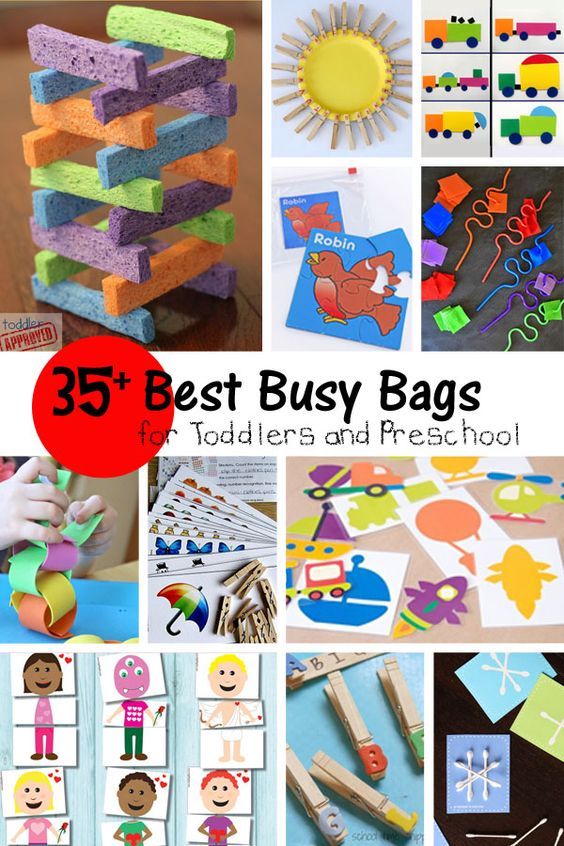 Hence, the game arises, which, from the point of view of the question of why the child plays, must always be understood as an imaginary illusory realization of unrealizable desires. Imagination is that neoplasm that is absent in consciousness young child." nine0003
Hence, the game arises, which, from the point of view of the question of why the child plays, must always be understood as an imaginary illusory realization of unrealizable desires. Imagination is that neoplasm that is absent in consciousness young child." nine0003
The structure of a role-playing game, according to D. B. Elkonin, includes the following components. The first is the roles that children take on during the game; the second is play actions, through which children realize the roles they have taken on as adults and the relationships between them; the third is the playful use of objects, the conditional substitution of real objects at the child's disposal, and, finally, the fourth is the real relations between playing children, expressed in various remarks, remarks, through which the entire course of the game is regulated. nine0003
In this case, the role assumed by the child is the central point. It is the accepted roles that encourage the child to perform certain play actions and develop play relationships that reflect the real behavior of the adults depicted, use substitute objects, and establish interpersonal relationships that go beyond the game.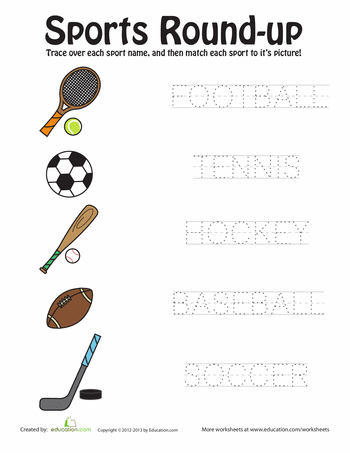 Taking on a role, the child must obey certain rules of behavior arising from the adopted role. These rules are established by the child himself, which significantly distinguishes them from the rules in mobile and didactic games, which are determined and dictated by adults. The rules established by the child himself are considered in psychology as the rules of internal self-restraint, self-determination. L. S. Vygotsky emphasizes that creative role play is the predominant activity of a child of three to six years of age, since it creates a zone of proximal development. In play, the child is always above his average age, above his usual everyday behavior, he is, as it were, a cut above himself. “Play in a condensed form contains, as in the focus of a magnifying glass, all tendencies of development; the child in play, as it were, tries to make a jump above the level of his usual behavior ... Behind the game are changes in needs and changes in consciousness of a more general nature ... Action in an imaginary field, in an imaginary situation, the creation of an arbitrary intention, the formation of a life plan, volitional motives - all this arises in the game and puts it on the highest level of development, elevates it to the crest of a wave, makes it the ninth wave of development of preschool age.
Taking on a role, the child must obey certain rules of behavior arising from the adopted role. These rules are established by the child himself, which significantly distinguishes them from the rules in mobile and didactic games, which are determined and dictated by adults. The rules established by the child himself are considered in psychology as the rules of internal self-restraint, self-determination. L. S. Vygotsky emphasizes that creative role play is the predominant activity of a child of three to six years of age, since it creates a zone of proximal development. In play, the child is always above his average age, above his usual everyday behavior, he is, as it were, a cut above himself. “Play in a condensed form contains, as in the focus of a magnifying glass, all tendencies of development; the child in play, as it were, tries to make a jump above the level of his usual behavior ... Behind the game are changes in needs and changes in consciousness of a more general nature ... Action in an imaginary field, in an imaginary situation, the creation of an arbitrary intention, the formation of a life plan, volitional motives - all this arises in the game and puts it on the highest level of development, elevates it to the crest of a wave, makes it the ninth wave of development of preschool age.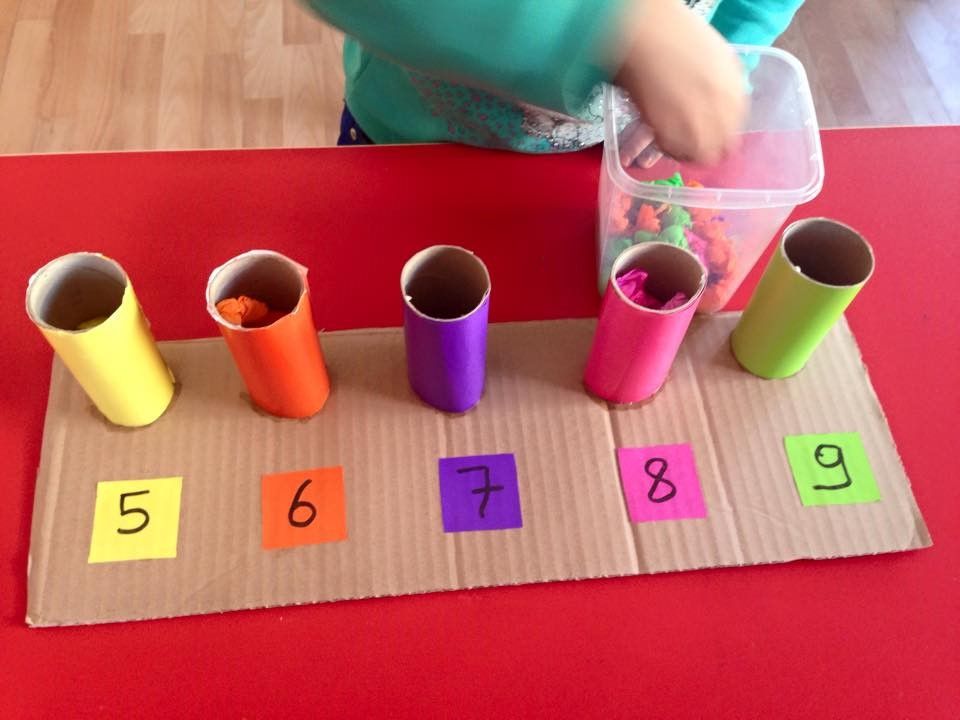 In this understanding, the game is extremely important for the mental and moral development of the child, for the formation of his abilities and the formation of the personality as a whole. nine0003
In this understanding, the game is extremely important for the mental and moral development of the child, for the formation of his abilities and the formation of the personality as a whole. nine0003
In a kindergarten, play is one of the forms of organizing children's lives, an important means of implementing an integrated approach to raising a child, since the game shows the interconnection of different types of children's activities that mutually determine one another - play and work, play and occupation. The results of the game are not productive, they are conditional, since during the game the child makes almost nothing to change the surrounding reality. However, play activity significantly enriches the child with ideas about the environment: first, by acting with toys or with objects that replace them, the child learns their physical properties, design, and possible transformations; secondly, he gets acquainted with their socially significant function in which they are used by adults; thirdly, in the process of play activity, the world of human relations opens up before the child, he gets acquainted with the social role and position of people in society; Fourth, which is especially valuable, the child strives to reflect these relationships in play, gradually forming in himself the necessary personality traits. The role-playing creative game is the first test of social forces and their first test. The pedagogical value of the game also lies in the fact that in the process of playing, in addition to the relationships dictated by the plot, the role taken on, or the rules, another kind of relationship arises - no longer conditional, but real, real, regulating real relationships between children. In the game it turns out: how the child relates to the successes or failures of the partners in the game, whether he enters into conflicts with other participants in the game, whether he knows how to restrain immediate impulses, whether he is ready to help a friend, whether he is attentive to other participants in the game, how accurate he is in performing the role. nine0003
The role-playing creative game is the first test of social forces and their first test. The pedagogical value of the game also lies in the fact that in the process of playing, in addition to the relationships dictated by the plot, the role taken on, or the rules, another kind of relationship arises - no longer conditional, but real, real, regulating real relationships between children. In the game it turns out: how the child relates to the successes or failures of the partners in the game, whether he enters into conflicts with other participants in the game, whether he knows how to restrain immediate impulses, whether he is ready to help a friend, whether he is attentive to other participants in the game, how accurate he is in performing the role. nine0003
Role-playing activities are so captivating for children that they sometimes perceive them as real actions. The game helps the child to overcome his weakness, to control himself, creates conditions for the exercise in labor skills, in the skills of moral behavior.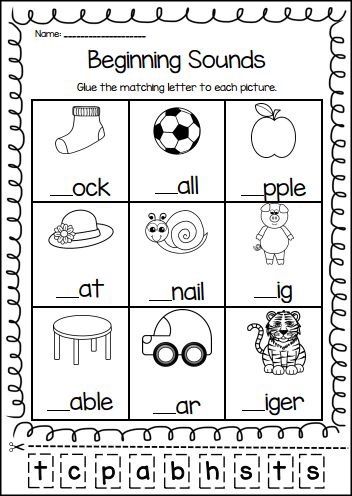 In the course of the game, the child independently establishes relationships with the team, collectivist character traits are formed in him. Under the condition of a reasonable organization, the game is a school of life, a school of work and communication with people. The child does not passively expect a distant, but interesting and fascinating future, but actively approaches it, although he does not realize this. He lives a full-blooded life today. In this regard, the founder of the Research Institute of Preschool Education of the Academy of Pedagogical Education of the USSR A.V. Zaporozhets wrote that children's play is "a child's true social practice, this is his real life in a team in which social qualities and moral consciousness of a child's personality are formed." Thus, the game approaches the tasks of self-education and helps the child in mastering his behavior. In the game, such strong-willed qualities as purposefulness, perseverance and perseverance in overcoming difficulties, the ability to suppress one's egoistic desires are formed and manifested.
In the course of the game, the child independently establishes relationships with the team, collectivist character traits are formed in him. Under the condition of a reasonable organization, the game is a school of life, a school of work and communication with people. The child does not passively expect a distant, but interesting and fascinating future, but actively approaches it, although he does not realize this. He lives a full-blooded life today. In this regard, the founder of the Research Institute of Preschool Education of the Academy of Pedagogical Education of the USSR A.V. Zaporozhets wrote that children's play is "a child's true social practice, this is his real life in a team in which social qualities and moral consciousness of a child's personality are formed." Thus, the game approaches the tasks of self-education and helps the child in mastering his behavior. In the game, such strong-willed qualities as purposefulness, perseverance and perseverance in overcoming difficulties, the ability to suppress one's egoistic desires are formed and manifested.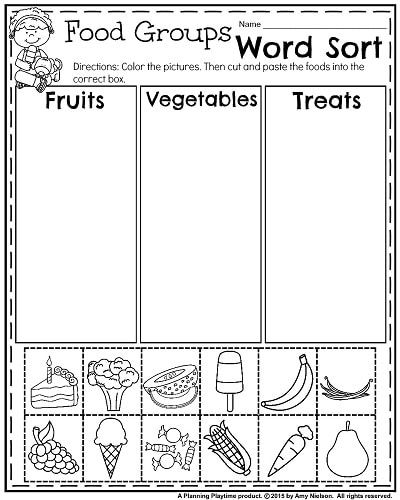 The child learns to control his feelings in the game, which ultimately contributes to the formation of voluntary behavior. nine0003
The child learns to control his feelings in the game, which ultimately contributes to the formation of voluntary behavior. nine0003
"Children's game reflects the level of relationships between children that has developed in this team: it is the exchange of toys, the joy and empathy of one child or a group of children for the successes of others, the willingness to obey a friend. The educator must remember that negative character traits can also be laid in the game, such as aggressiveness, rivalry, jealousy, hostility, rudeness. The game of a preschooler is not aimless fun, but a special form of child labor. It should be as close to work as possible, filled with work assignments. In this regard, it is desirable to combine creative play with visual, constructive and other activities. This not only enriches the game, but also contributes to the education of industriousness, the ability to take care of comrades (prepare material for the game from plasticine, clay, make sketches). nine0003
Game is one of the indispensable means of uniting the children's team.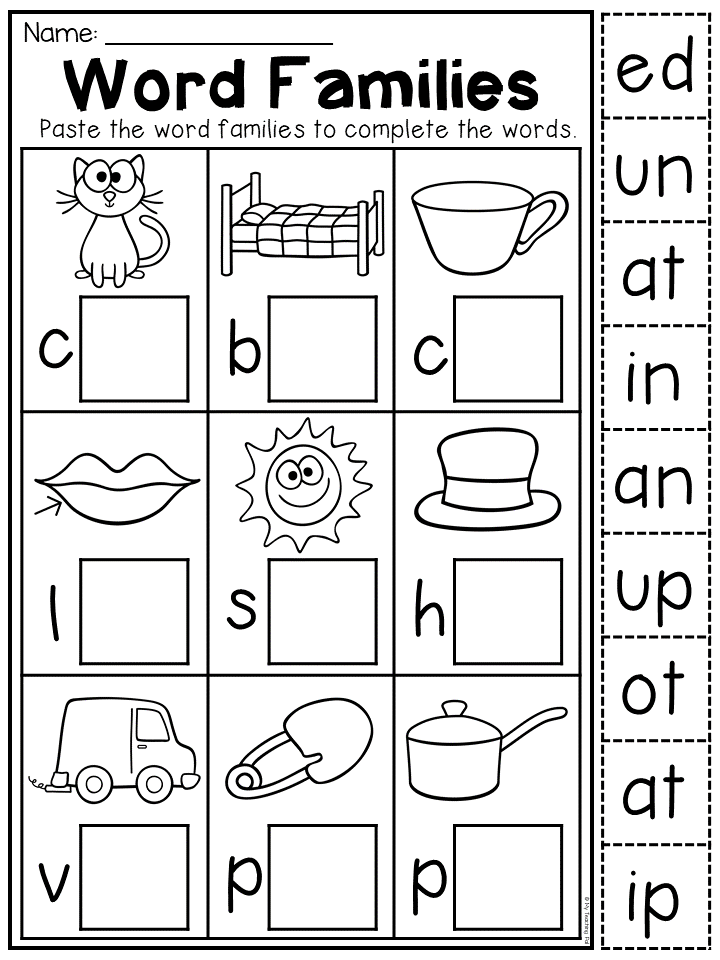 It helps the teacher to comprehensively study the children, to penetrate into their spiritual world. Carrying out an individual approach to each child in the process of playing activities, the teacher must constantly create and rely on the public opinion of a group of children. In a creative game, each role reveals certain rules of social behavior. Game goals are achieved only in joint collective activities. The role played by each makes sense, provided that all participants in the game play their role accordingly. This role forces the child to show discipline and fidelity to duty, endurance and patience, courage and generosity. Discussing with children positive and negative actions, relationships during the game helps to form common evaluative opinions and judgments about moral actions and moral standards. The expression of public opinion by a group of children, which sometimes entails exclusion from the game, forces the child to rethink and change his attitude towards the team, creates in children the experience of responsibility for a common cause, and unites the children's team.
It helps the teacher to comprehensively study the children, to penetrate into their spiritual world. Carrying out an individual approach to each child in the process of playing activities, the teacher must constantly create and rely on the public opinion of a group of children. In a creative game, each role reveals certain rules of social behavior. Game goals are achieved only in joint collective activities. The role played by each makes sense, provided that all participants in the game play their role accordingly. This role forces the child to show discipline and fidelity to duty, endurance and patience, courage and generosity. Discussing with children positive and negative actions, relationships during the game helps to form common evaluative opinions and judgments about moral actions and moral standards. The expression of public opinion by a group of children, which sometimes entails exclusion from the game, forces the child to rethink and change his attitude towards the team, creates in children the experience of responsibility for a common cause, and unites the children's team.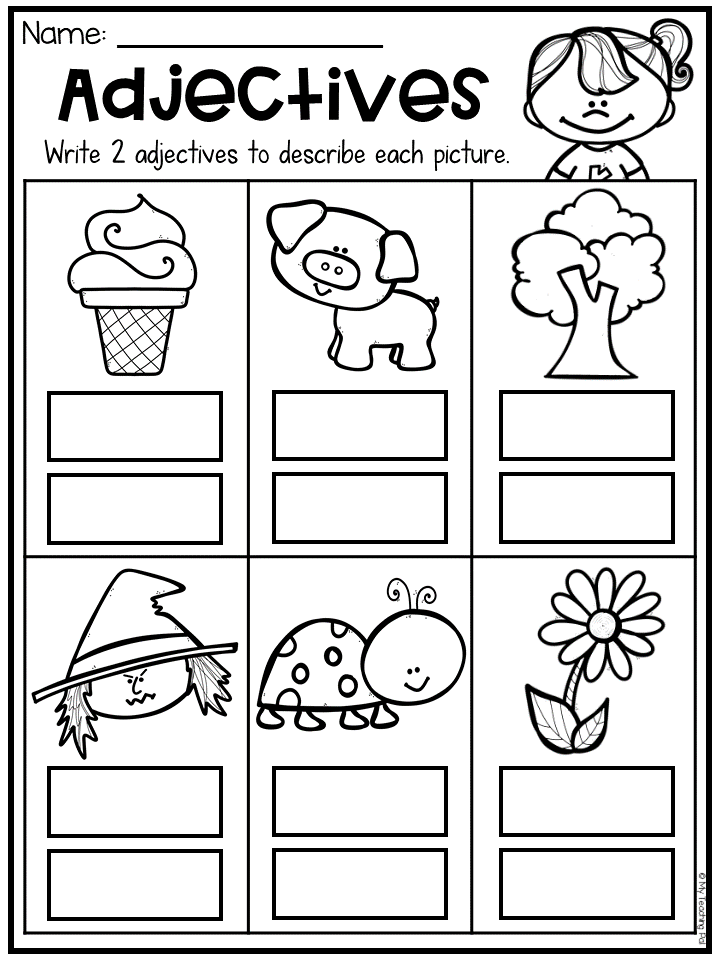 Game communication of the educator with the children allows him to direct the course of the game, to manage the relationship between them. Joint play activity contributes to the formation of organization and responsibility in children, the ability to control their actions and coordinate them with other children. nine0003
Game communication of the educator with the children allows him to direct the course of the game, to manage the relationship between them. Joint play activity contributes to the formation of organization and responsibility in children, the ability to control their actions and coordinate them with other children. nine0003
In the process of developing the plot of the game, the child acquires the skills of planning activities, develops creative imagination, which is necessary in other activities. The widespread use of substitute objects in the game later allows the child to master other types of substitution, in particular, to prepare for understanding the meaning of models, diagrams, symbols and signs in the process of school education. The ability to play is crucial for the formation of activity, initiative, concentration, purposefulness and other qualities that are then necessary for successful schooling and future work. nine0003
The heyday of the role-playing game begins at the age of four, it reaches its highest development in the middle of preschool age (5-6 years), and then is gradually replaced by games with rules that appear after 7 years.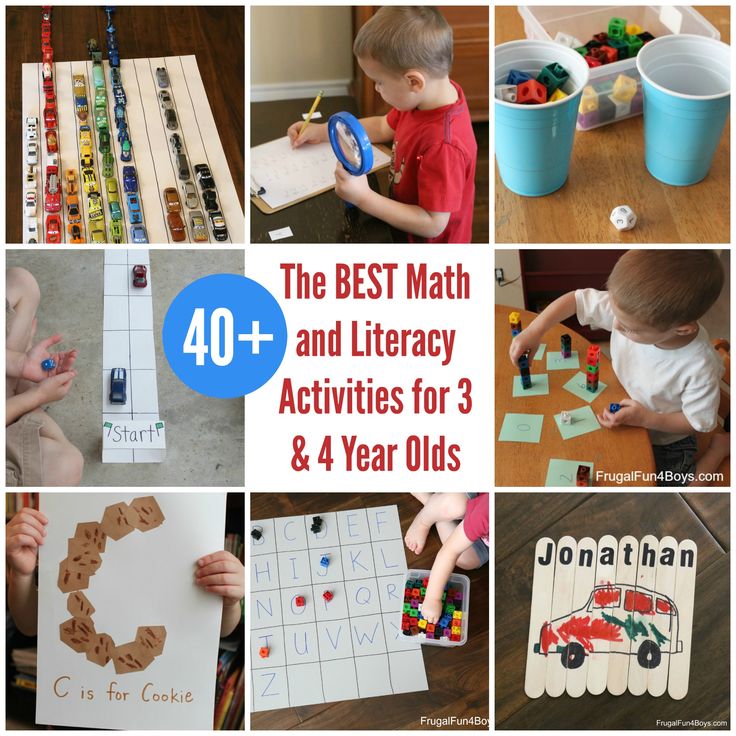 The creative plot-role-playing game of a preschooler is undergoing significant changes both in terms of subject matter, the nature of game actions, duration, and the strength of educational impact. The plot of the game develops gradually. At the very beginning, the game is an elementary action with one item. This action is repeated many times. nine0003
The creative plot-role-playing game of a preschooler is undergoing significant changes both in terms of subject matter, the nature of game actions, duration, and the strength of educational impact. The plot of the game develops gradually. At the very beginning, the game is an elementary action with one item. This action is repeated many times. nine0003
The next step in the development of the plot are games that consist of a number of elementary actions that are not yet interconnected. The further development of the plot consists in the fact that the children move on to a game consisting of two or three interconnected actions. This transition from objective actions to play takes place at the end of the third and beginning of the fourth year of life. This period of gaming activity is characterized by significant qualitative changes: role-playing games begin to develop. The development of a plot-role-playing game takes place in close dependence on the process of mastering object actions and mastering speech by the child.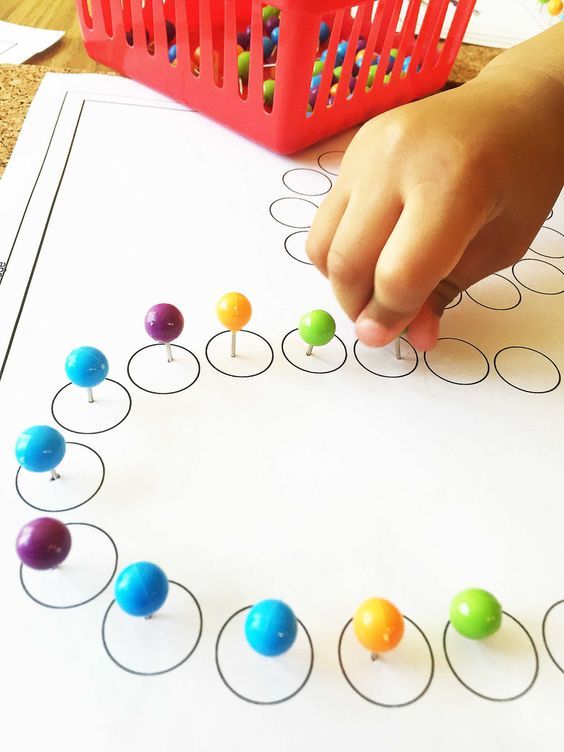 The task of the teacher is to organize the life of children in such a way, to apply such educational techniques that will help complicate and enrich the "representative" games of children and the timely formation of positive personality traits. In the younger group, everyday games are held (“family”, “kindergarten”), in the middle group there are games that reflect the professional work of adults (driver, driver, salesman, doctor, educator, policeman, music teacher), and in the senior and preparatory to school Groups are dominated by games related to social topics ("factory", "a trip to the collective farm", "flight into space", "school", "library", "journey"). nine0003
The task of the teacher is to organize the life of children in such a way, to apply such educational techniques that will help complicate and enrich the "representative" games of children and the timely formation of positive personality traits. In the younger group, everyday games are held (“family”, “kindergarten”), in the middle group there are games that reflect the professional work of adults (driver, driver, salesman, doctor, educator, policeman, music teacher), and in the senior and preparatory to school Groups are dominated by games related to social topics ("factory", "a trip to the collective farm", "flight into space", "school", "library", "journey"). nine0003
The appearance of a new topic does not reduce interest in the old, developed earlier everyday games, but every year their content becomes more diverse and complete. The content of the game, notes D. B. Elkonin, is what is reproduced by the child as a central characteristic moment of activity and relations between adults in their work and social life.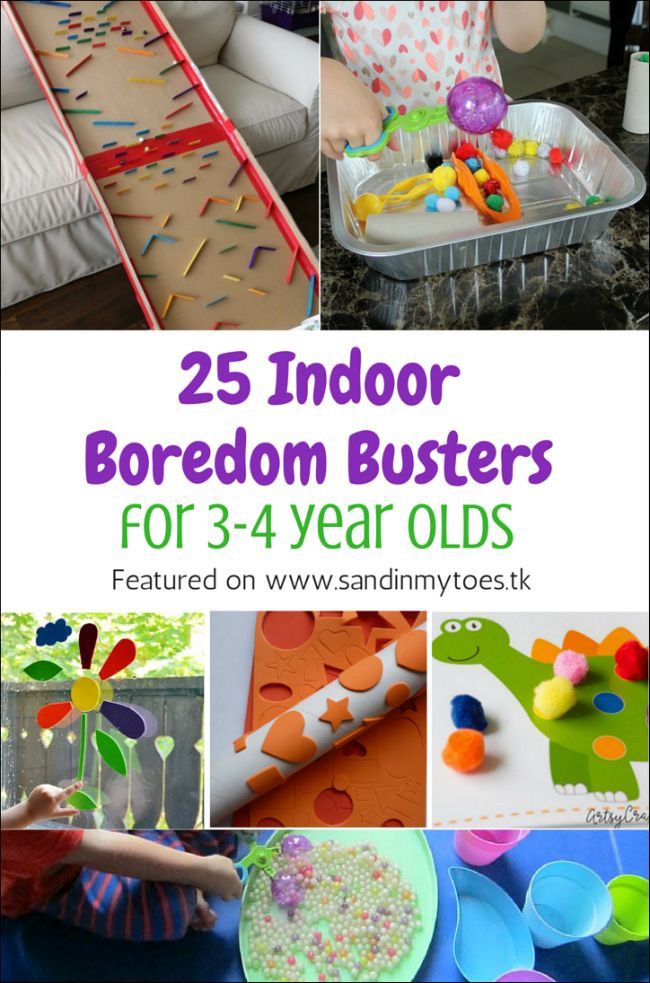 The content of the game expresses a more or less deep penetration of the child into the activities of adults; it can only reflect the external side of human activity—only what a person acts with, or a person's attitude towards his activity and other people, or, finally, the social meaning of human activity. nine0003
The content of the game expresses a more or less deep penetration of the child into the activities of adults; it can only reflect the external side of human activity—only what a person acts with, or a person's attitude towards his activity and other people, or, finally, the social meaning of human activity. nine0003
Thus, the meaning of the play of children of different groups changes: for the younger ones, it is in the actions of the person whose role the child plays, for the middle one, in the relationship of this person to other people, for the older ones, in the reflection of typical adult relationships. So, if in the younger group in everyday games the life of a family or a kindergarten is reflected episodically, the actions are inconsistent, monotonous, then in the middle group the integrity of the plot, interconnectedness, the duration of the game increases.
Toddlers begin to play situationally, without any preliminary plan, although some researchers note the presence of "collusion" in children as early as the fourth year of life.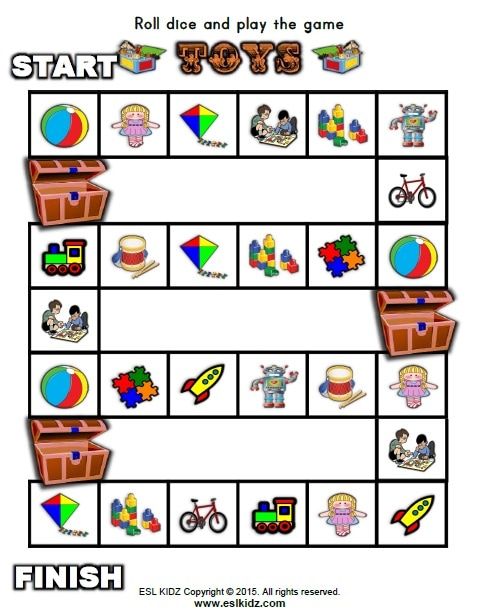 Older children discuss the idea of the game, select, and sometimes prepare their own material for games. Games become long, sometimes children play one game for a week, two, a month, constantly complicating and supplementing the plot of the game with new episodes, fragments, roles. There is an advance collective planning of the game: the choice of a topic, the distribution of roles, the development and discussion of the rules of the game, the production of attributes. This feature enables the educator to direct the course of the game, develop it, subordinating the game activity to the purposeful formation of the necessary qualities of the team as a whole or an individual child. In the creative role-playing game of older preschoolers, the rules of which are drawn up by the children themselves, self-control and self-esteem are developed. Preschool age is one of the most important stages in the formation and development of individual and collective play interests of children. By play interest, we understand a complex mental formation that we perceive at the same time as a special direct emotional-cognitive attitude to a game or toy; and as a desire to express what is known in activity; as the child's need to engage in this particular activity, which ensures participation in the life of an adult, satisfies the need for communication, brings the joy of creation, creativity.
Older children discuss the idea of the game, select, and sometimes prepare their own material for games. Games become long, sometimes children play one game for a week, two, a month, constantly complicating and supplementing the plot of the game with new episodes, fragments, roles. There is an advance collective planning of the game: the choice of a topic, the distribution of roles, the development and discussion of the rules of the game, the production of attributes. This feature enables the educator to direct the course of the game, develop it, subordinating the game activity to the purposeful formation of the necessary qualities of the team as a whole or an individual child. In the creative role-playing game of older preschoolers, the rules of which are drawn up by the children themselves, self-control and self-esteem are developed. Preschool age is one of the most important stages in the formation and development of individual and collective play interests of children. By play interest, we understand a complex mental formation that we perceive at the same time as a special direct emotional-cognitive attitude to a game or toy; and as a desire to express what is known in activity; as the child's need to engage in this particular activity, which ensures participation in the life of an adult, satisfies the need for communication, brings the joy of creation, creativity.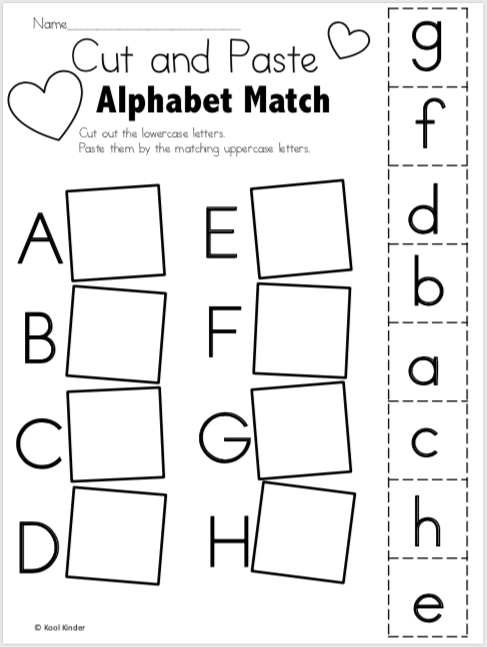 nine0003
nine0003
Children of primary preschool age are already intensively developing cognitive interests in the phenomena of the surrounding life, as well as interest in the personality of a peer and joint activities with him. The level of development of children's play interests is to some extent determined by the level of development of interpersonal relationships and, conversely, the development of play interests depends on the nature and level of communication of the children of the group. It is children with more developed interests who are the permanent organizers of joint games. Interactions between children are characterized primarily by the basis on which the association between them takes place: will it be mechanical, will the children play, uniting already by the content of the game, or will it occur at an even higher level - at the level of interest in each other. Game groups that arise on the basis of interest in the content of the game and on the basis of personal interest are the most stable associations in terms of the composition of the players.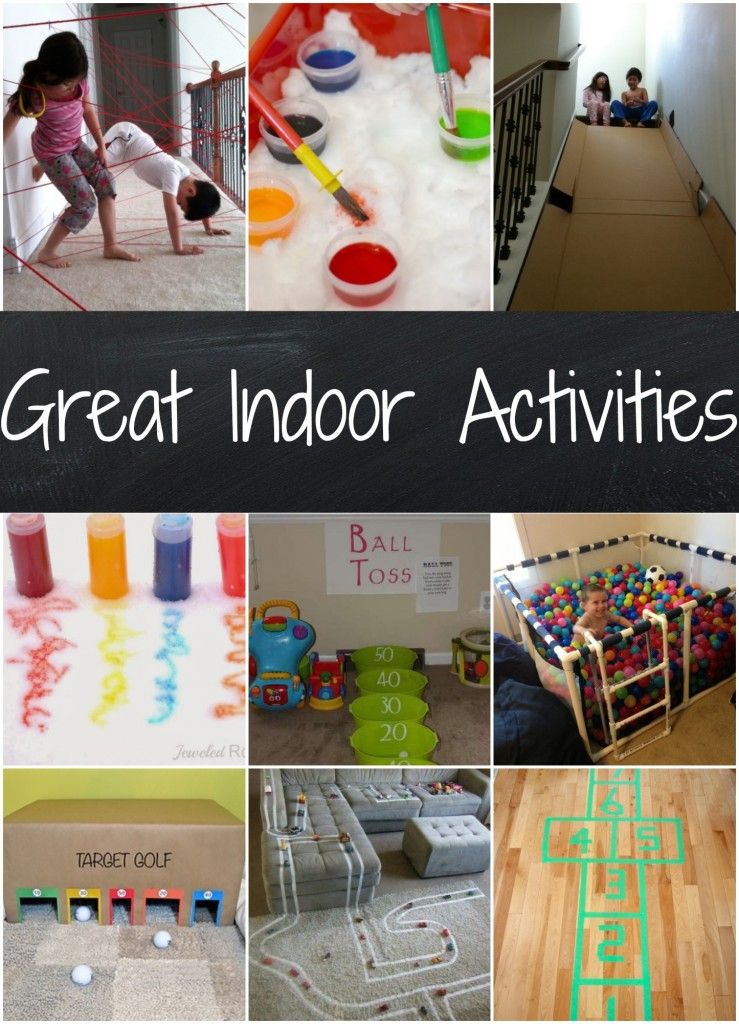 It is on their basis that "playing teams" are created. nine0003
It is on their basis that "playing teams" are created. nine0003
Playing interests are of particular importance in the development of preschool children, since for this period of childhood the game is the main content of their life and all mental processes and personality traits develop most effectively in the game. Interest in games contributes to the expansion of the child's horizons, experience, contributes to his mental development, enrichment and deepening of knowledge, and the formation of social ideas. Game interest activates not only perception, memory, but also the child’s thought, speech, encourages him to apply the acquired knowledge in practical activities. We can speak about the presence of a developed interest in the game if the child is not distracted from the game for a more or less long time, his attention is focused on the development of the plot and the performance of the role, if he expresses a desire to take on a certain role and he has favorite roles, if the child does not wants to stop the game and expresses regret at its end, if he willingly and actively performs all types of work (sculpts, draws, builds, crafts) for the manufacture of toys and attributes related to the theme of the game, has lively conversations with the teacher, parents and children about game after it ends. nine0003
nine0003
When studying play interests, the educator needs to pay attention to their depth, breadth and stability. So, in terms of depth, game interest can be superficial if it is directed to the outside (brightness; novelty of the toy), and deeper, which is characterized by the desire to penetrate the essence of the phenomenon (for example, interest in the content of the game, in the role-playing relationships of the players prevails). The breadth of interest is commonly understood as the number of objects to which interest is directed. So, for example, if a child of the fifth year of life is interested in only one or two topics of play or construction, then his interest is qualified as narrow. nine0003
If he is interested in six or seven topics, then for this age the interest is considered to be quite broad. As an objective indicator of the stability of game interest, one can consider the duration of one game, as well as the long development of the game's plot over several days or weeks.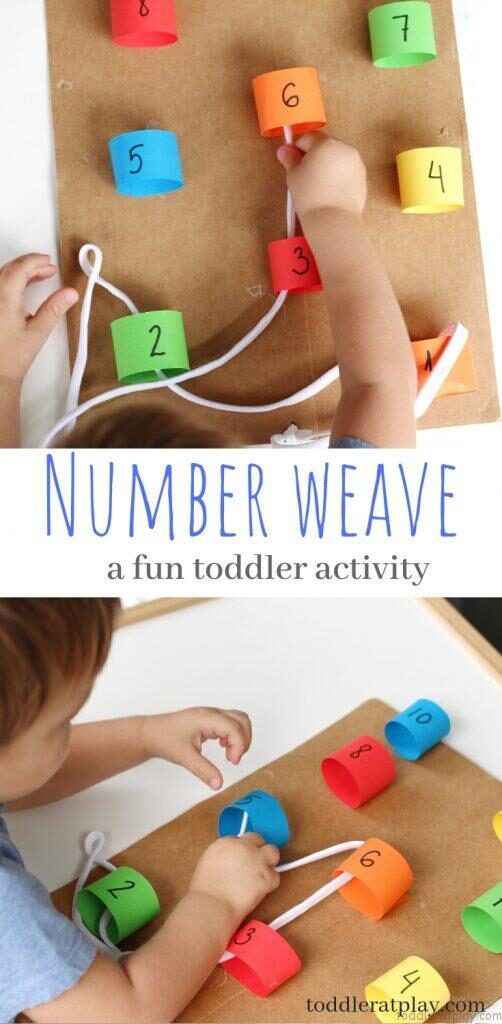
The development of play and play interests depends on the real relationships that develop between children in the group. With a purposeful pedagogical influence, a child can be early brought up the ability to empathize, the ability to come to the rescue. Children of younger preschool age may forego a pleasant pleasure in order to achieve a more important result. The motive for such behavior in this case is moral feelings: pity, compassion, shame, the beginnings of responsibility, which appear earlier than beliefs, habits, knowledge and norms of behavior. However, these feelings themselves cannot arise "by natural maturation", they must be nurtured. A characteristic feature of the development of creative play in preschoolers is the gradual transition of the motive from the process of play to its result. This is clearly seen in the nature of play actions: if in a child of the younger group they are deployed and all the main operations of the action are fixed (during feeding - scooping, strictly horizontal position of the spoon, careful and slow movement of transferring the spoon from the plate to the doll’s mouth, tipping into the doll’s mouth, etc.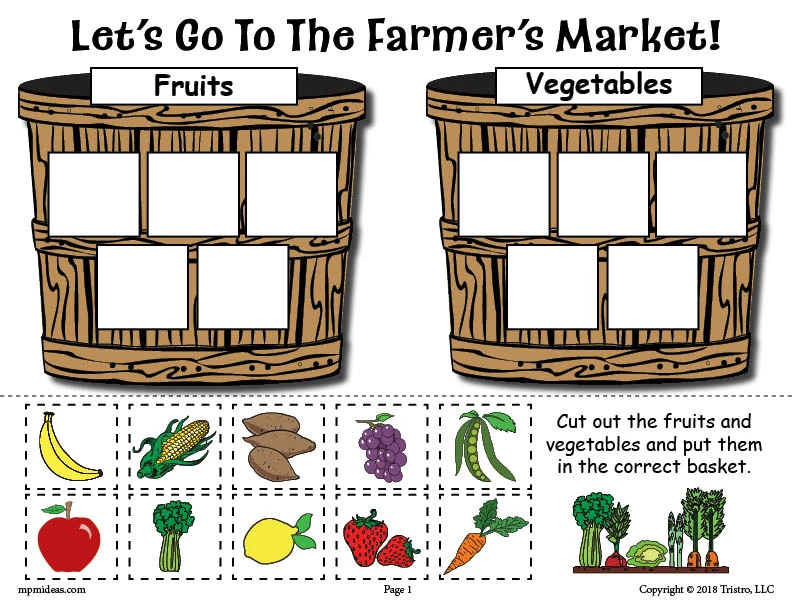 .d.), then gradually the movements of children change significantly, lose their object relatedness, a number of operations fall out, and only an external resemblance to the object action remains. In older preschoolers, play actions often have a symbolic, generalized, sometimes spoken character, retaining only the general outline of the action, which gives the child the opportunity to play large time periods in a short time. Older children are more interested in the result of gaming activities. An illustration of what has been said can be an example taken from L. I. Bozhovich's study of the development of play in school. In the group of children of the fourth or fifth year of life, this game was difficult to organize, and if it was possible to draw attention to this topic, then the children were interested in external signs: coming and going to school, a bell, a change that was repeated many times, and there was no learning activity itself. At the same time, children of the sixth or seventh year of life showed a deep passion for directly learning activities.
.d.), then gradually the movements of children change significantly, lose their object relatedness, a number of operations fall out, and only an external resemblance to the object action remains. In older preschoolers, play actions often have a symbolic, generalized, sometimes spoken character, retaining only the general outline of the action, which gives the child the opportunity to play large time periods in a short time. Older children are more interested in the result of gaming activities. An illustration of what has been said can be an example taken from L. I. Bozhovich's study of the development of play in school. In the group of children of the fourth or fifth year of life, this game was difficult to organize, and if it was possible to draw attention to this topic, then the children were interested in external signs: coming and going to school, a bell, a change that was repeated many times, and there was no learning activity itself. At the same time, children of the sixth or seventh year of life showed a deep passion for directly learning activities.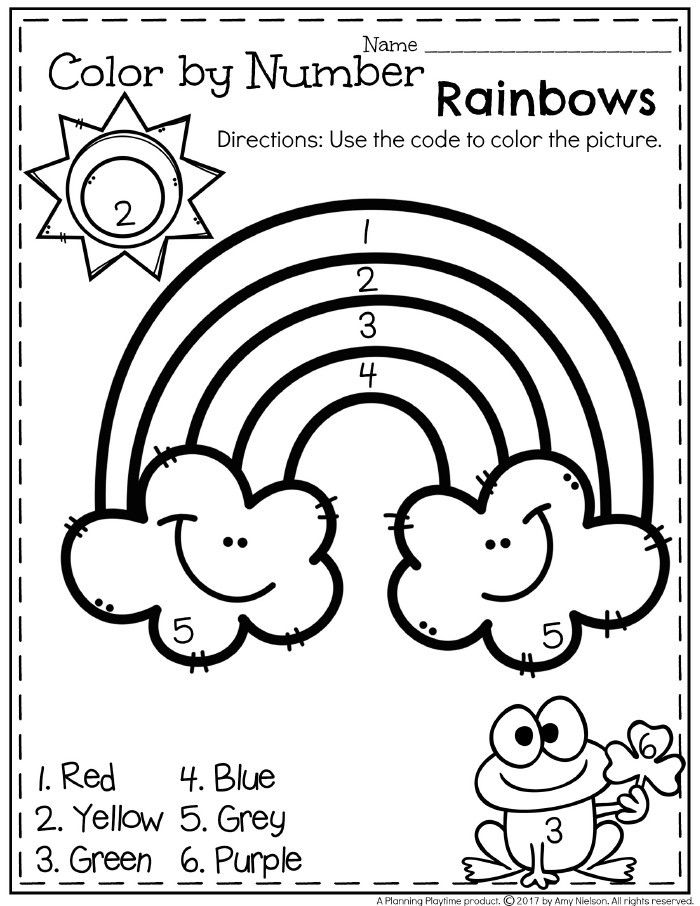 nine0003
nine0003
In the development of the role-playing game, there is also a gradual transition from playing side by side in the younger group to group games in the middle and collective games in the older and preparatory groups. Three-year-old children perform individual role-playing actions alone or in groups of 2-3 people, but even united by a common theme, they act at first separately and only thanks to the active guidance of the educator are they gradually included in the game communication. The formation and development of play activity largely depends on teaching a child of three or four years to play, on expanding his ideas about the surrounding reality. nine0003
The vast majority of older preschoolers' games are of a collective or group nature. In such games, there are always interpersonal dependencies that are more pronounced in the game than out of the game. Children react ardently to the successful performance of a role, to failures, deviations from the rules by one of their peers. When distributing roles, the real capabilities of each are also taken into account (the captain, the commander is the most authoritative child in the group, etc.). The role is under discussion. In addition to gaming relationships, the general evaluative opinion and the childish understanding of human dignity are also taken into account. For example, when distributing roles in the game "Journey on a Boat", children appoint Petya captain, declaring: "We put him first in this role because he is the best and fairest." Petya fulfills his role with great responsibility, not only because he is passionate about the game, but also because he values the trust of the team, wants to preserve and strengthen the good opinion of his comrades about himself. nine0003
When distributing roles, the real capabilities of each are also taken into account (the captain, the commander is the most authoritative child in the group, etc.). The role is under discussion. In addition to gaming relationships, the general evaluative opinion and the childish understanding of human dignity are also taken into account. For example, when distributing roles in the game "Journey on a Boat", children appoint Petya captain, declaring: "We put him first in this role because he is the best and fairest." Petya fulfills his role with great responsibility, not only because he is passionate about the game, but also because he values the trust of the team, wants to preserve and strengthen the good opinion of his comrades about himself. nine0003
Thus, we see that real values are taken as the basis of play relationships among older preschoolers and, despite the play basis, we are talking about serious formations of a moral order in children.
However, the educator must always remember that "the game is not originally a means of education, but becomes it under the influence of the purposeful guidance of the game by the educator.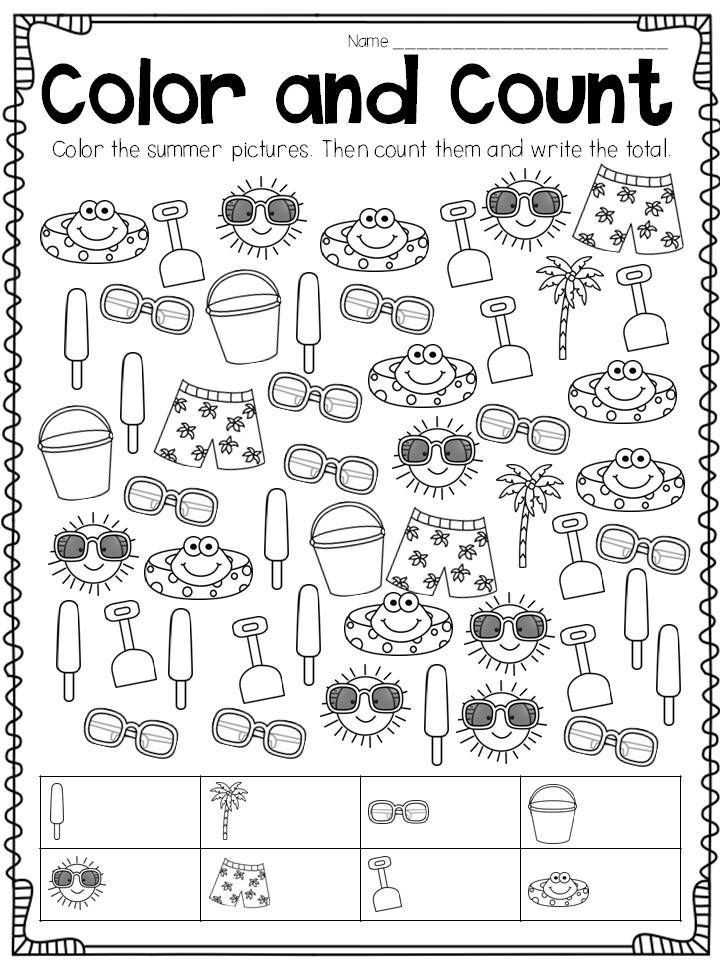 " The educator is obliged to be imbued with the consciousness of the deep value of play activity both as a means of educating and self-educating the child, and as a means of his comprehensive study. At the same time, it is important that the pedagogical position of an adult remains invisible, perhaps more hidden from the pupil, so that, according to the figurative statement of A.S. and freely. nine0003
" The educator is obliged to be imbued with the consciousness of the deep value of play activity both as a means of educating and self-educating the child, and as a means of his comprehensive study. At the same time, it is important that the pedagogical position of an adult remains invisible, perhaps more hidden from the pupil, so that, according to the figurative statement of A.S. and freely. nine0003
Pedagogical management of children's games requires a deep knowledge of the main age and individual characteristics of the formation of the child's personality. Moral concepts and judgments throughout preschool childhood are characterized by amorphous features and are situational in nature. The positive experience of moral behavior is accumulated as the experience of experienced moral feelings: responsibility to the team, satisfaction, joy, if he coped well with the role, the educator and comrades noted; acute dissatisfaction with oneself if one turned out to be worse than others, etc.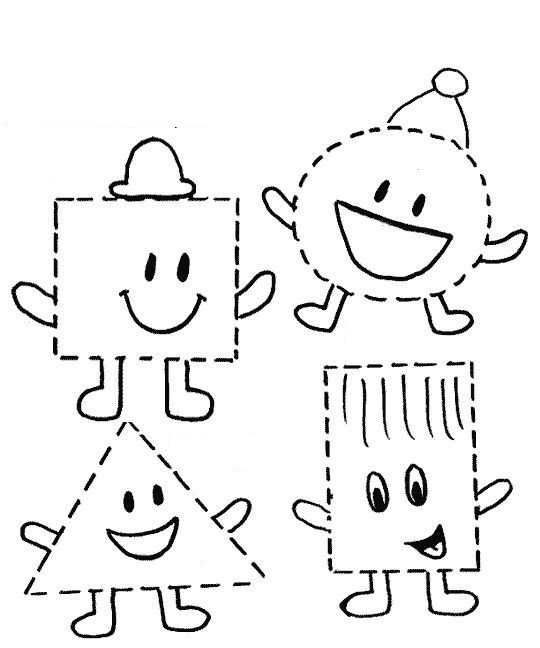
The educator should strive to create an active independent personal position of each child in the process of playing activity, prevent passivity, ensure that during the game the child does not remain in the role of an observer of other people's actions and actions or an indifferent executor of orders and instructions of other children. In games, like in no other activity, those personality traits of the child that are of the greatest value to us are most fully revealed: the degree of initiative or stereotyping, sociability or isolation, the ability to coordinate their actions with the actions of the team, the strength of individualistic and collectivist manifestations. nine0003
The guidance of children's play activities involves the use of a number of specific methods and techniques in the pedagogical process, with the help of which the educator exercises a leading role in the upbringing and development of the preschooler in the process of play. The development of gaming interests requires the teacher to be attentive, sensitive to the games of children, personal interest in them.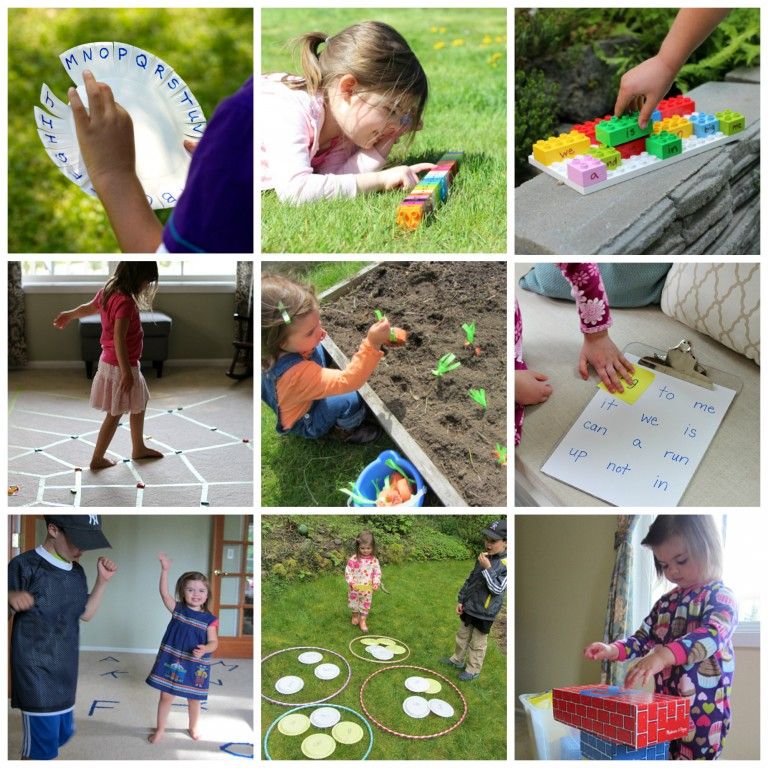 Individual kindergarten teachers supervise the games of children formally, without delving into the essence of the game plan, being satisfied that all the children are busy with something, the group is calm, there are no conflicts; use monotonous methods of managing games, do not seek to identify game interests, take them into account in work, support and develop them in each child. nine0003
Individual kindergarten teachers supervise the games of children formally, without delving into the essence of the game plan, being satisfied that all the children are busy with something, the group is calm, there are no conflicts; use monotonous methods of managing games, do not seek to identify game interests, take them into account in work, support and develop them in each child. nine0003
One of the reasons for the insufficient development of the game and gaming interests are also shortcomings in the planning of educational work, in particular in the management of creative games. In this regard, there are fears that planning actually kills creativity, since children's play activity according to the plan fetters their initiative, creativity. However, the experience of leading educators convinces us that for the successful development of children's play activity, the ability of the educator to plan his management of creative games is of no small importance. Naturally, given the nature of the game, its active, creative nature, the activity of the teacher in the development and management of the game, and not the game activity of children, is subject to planning.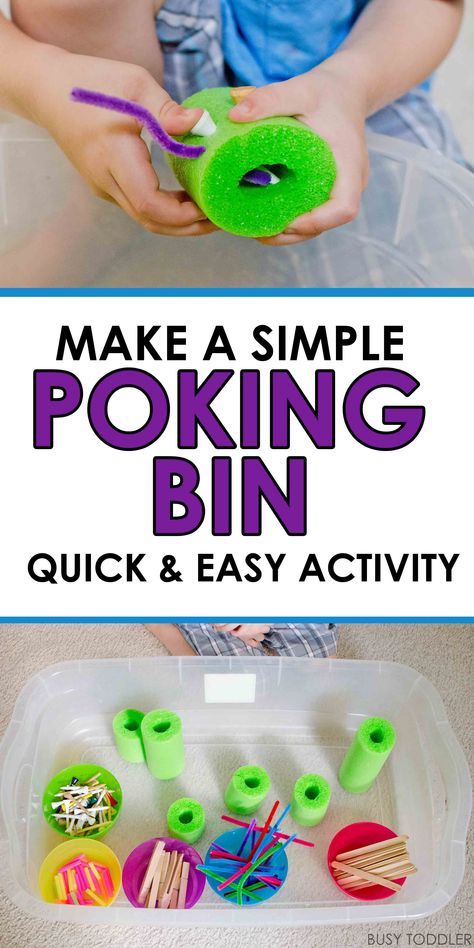 nine0003
nine0003
An analysis of plans for educational work shows that very often there is no connection between the content of classes but familiarization with the surrounding reality and observations outside of classes (in the morning, on walks) and the play activities of children. Often these observations are accidental, not thought out and do little for the overall development of the child, expanding his horizons, developing cognitive and play interests. The connection between learning in the classroom, creative games and the work of children aimed at satisfying the needs of the game is not sufficiently established. nine0003
In order to organize the activities of the educator in managing games, it is advisable, after studying the game interests and the level of development of creative games in your group, to draw up a long-term plan for the development of games during the year, in which to outline the topics of characteristic games, to what extent and how to develop them. In addition, the educator, concretizing the long-term plan, draws up thematic plans for educational work, which determines the development of characteristic games in a certain age group.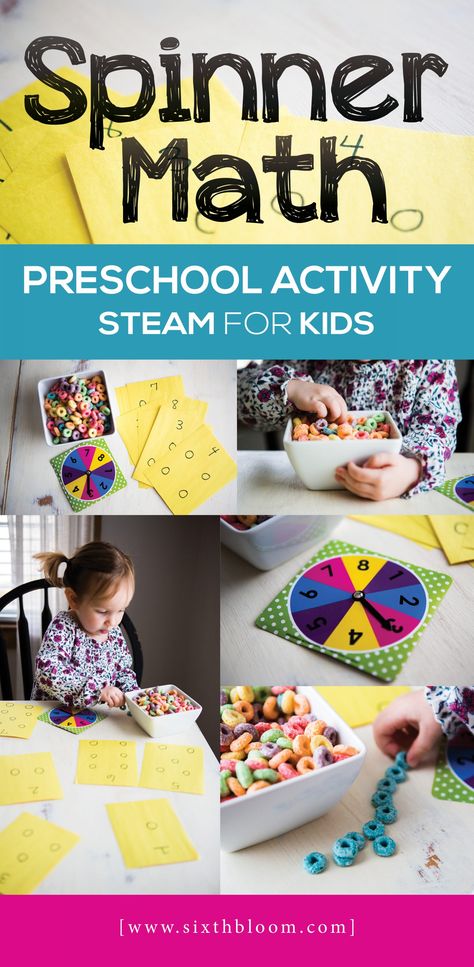 This manual provides examples of thematic plans only. nine0003
This manual provides examples of thematic plans only. nine0003
Thematic planning is used on a par with traditional planning. It may cover several lessons from one section or related sections of the program within one to four weeks. There can be no strictly fixed time for a certain game theme. If the children, on their initiative, have an interesting and educationally useful game, then the teacher can wait with the proposal of the intended game topic.
The thematic plan covers only those sections of the program that contribute to the enrichment of the content of role-playing and building games (familiarization with the environment, children's literature, some design classes, separate musical and outdoor games). Work on other sections is carried out traditionally. Such planning provides a concentrated supply of material for a short period of time in order to maintain and develop interest in a particular game that exists in the group. In accordance with the leading game interest, thematic planning should include specific observations of objects and phenomena of the surrounding life, excursions into nature, selection of appropriate fiction, viewing paintings, illustrations; the subject of design, modeling, application and drawing; toys and attributes for the development of the game (mark which of them need to be purchased at the store, which ones to make in advance with the help of parents, which ones - together with the children during the game).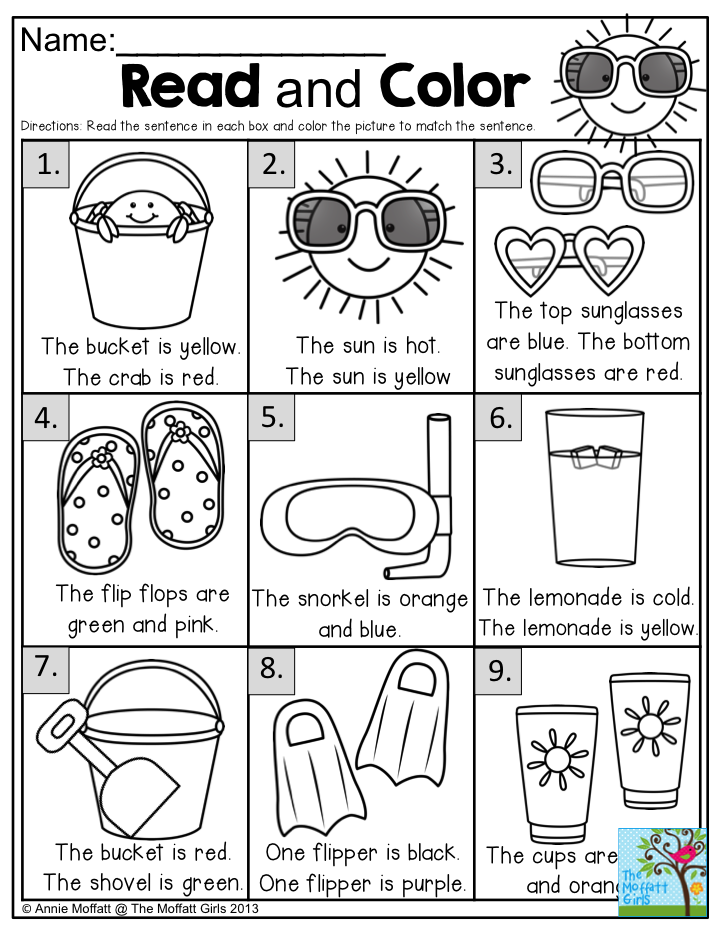 Naturally, during the game, children may need such attributes that cannot be foreseen in advance. In such cases, the educator should support the initiative of the children, help in the manufacture or replacement of other items and thereby maintain interest in the game, not let it fade away. nine0003
Naturally, during the game, children may need such attributes that cannot be foreseen in advance. In such cases, the educator should support the initiative of the children, help in the manufacture or replacement of other items and thereby maintain interest in the game, not let it fade away. nine0003
The management of game actions is carried out directly by the educator during the game to a certain extent intuitively. The teacher relies on knowledge of the individual and age characteristics of children, the specific situation, experience, tact and pedagogical skills. First of all, the management of games consists in a purposeful influence on the decisive moments in the development of games: the choice of the theme of the game, the development of the idea, the enrichment of the content.
The teacher can suggest the topic of the game, but it cannot be imposed. The game should be captivated, arouse in the child a positive attitude towards gaming activities. The teacher must distract children from unwanted games, convincing children of their negative meaning.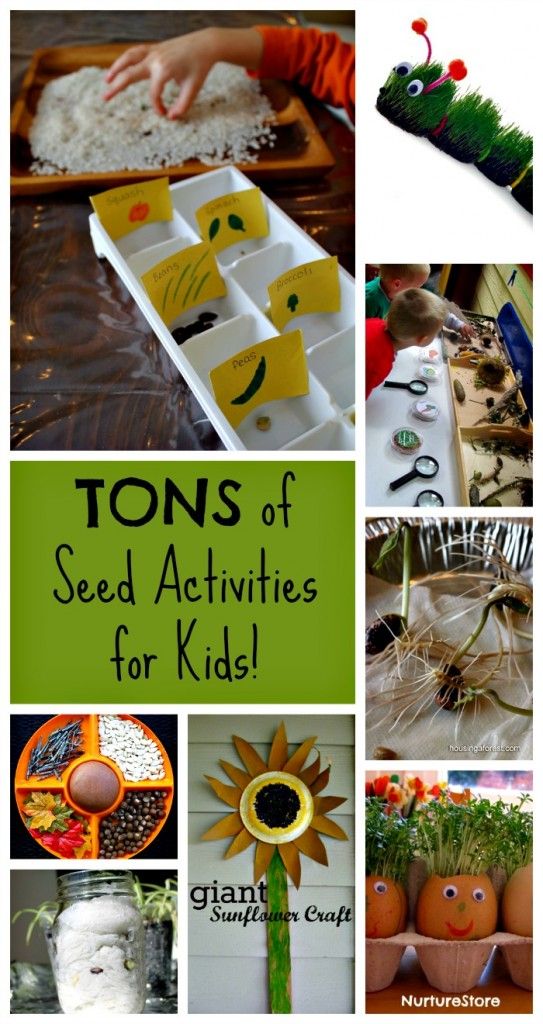 Management of the development of the game requires the educator to help the children enrich the game with highly moral content, saturate it as much as possible with appropriate actions, while distributing roles, satisfy everyone as much as possible and at the same time put each child in a position most favorable for the formation of his personality. In order to consolidate the educational impact of the game, it is necessary during the game to draw the attention of children not only to the imaginary meaning of role-playing actions, for example, "border guards guard the border", but also to the real efforts shown in the game ("the border guard (Seryozha) stood alone in the forest for a long time, even though it was scary." Thanks to this, children already during the game will feel the joy of victory and satisfaction from the real value of the actions performed in the game. The repetition of the habitual game form of behavior in other types of activity gradually contributes to the formation of the moral side of the personality, since, prompting a person to act in a certain way, worldview, morality, as it were, settle and become fixed in his character in the form of habits - habitual ways of moral behavior, turning into a habit, they become second nature to a person.
Management of the development of the game requires the educator to help the children enrich the game with highly moral content, saturate it as much as possible with appropriate actions, while distributing roles, satisfy everyone as much as possible and at the same time put each child in a position most favorable for the formation of his personality. In order to consolidate the educational impact of the game, it is necessary during the game to draw the attention of children not only to the imaginary meaning of role-playing actions, for example, "border guards guard the border", but also to the real efforts shown in the game ("the border guard (Seryozha) stood alone in the forest for a long time, even though it was scary." Thanks to this, children already during the game will feel the joy of victory and satisfaction from the real value of the actions performed in the game. The repetition of the habitual game form of behavior in other types of activity gradually contributes to the formation of the moral side of the personality, since, prompting a person to act in a certain way, worldview, morality, as it were, settle and become fixed in his character in the form of habits - habitual ways of moral behavior, turning into a habit, they become second nature to a person.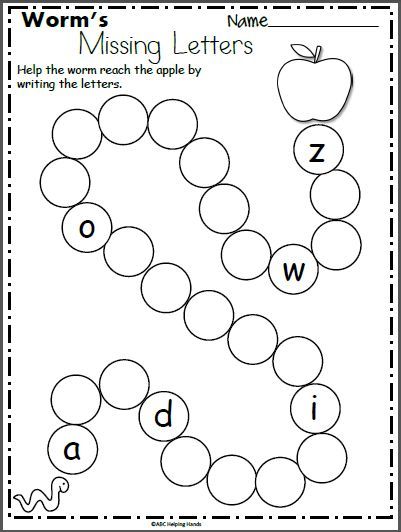 nine0003
nine0003
Providing comprehensive assistance in the development of the game assumes that the educator not only keeps in sight all the participants in the game and, as it were, conducts them, but also personally participates in the game. A. S. Makarenko repeatedly emphasized that the educator is the organizer of the life of children. Analyzing the experience of raising children, he wrote: “And I, as a teacher, have to play a little with them. If I only teach, insist, I will be an outside force, maybe useful, but not close. I must definitely play a little, and always I demanded this from my colleagues."[12] nine0003
The measure of an adult's play, its forms, the relationship of the educator with the players depend on the level of self-organization of children. Children greatly appreciate the participation of their mentors in the game. With younger children, the teacher most often plays together, gradually developing independence by the older preschool age, using other forms of influence on the course of the children's play.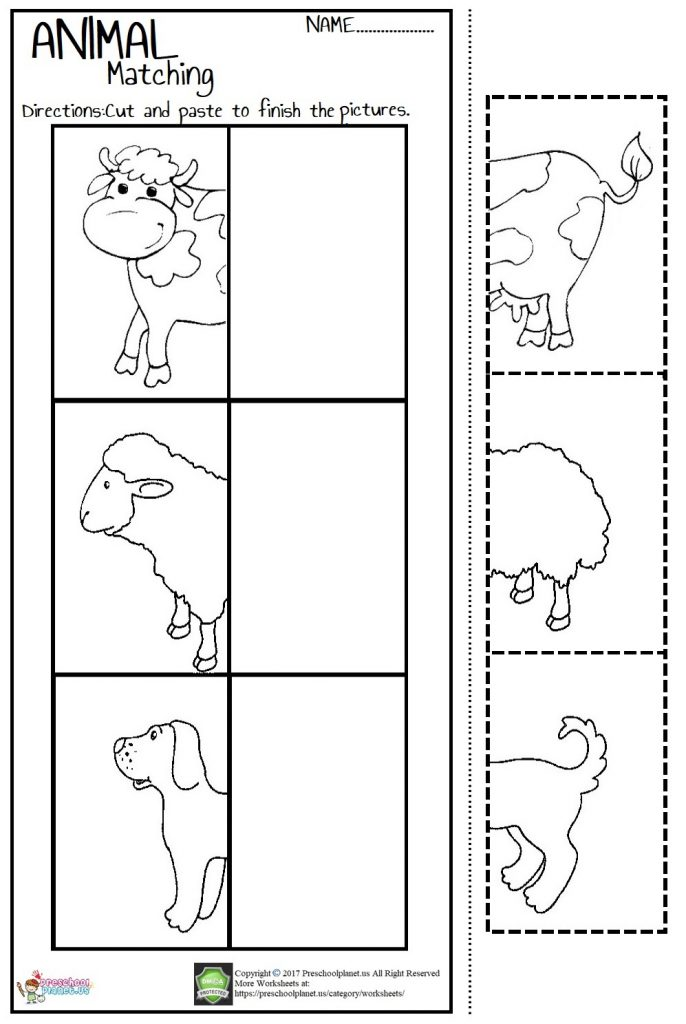 The teacher can use various techniques that contribute to the development of children's play creativity: advice, a remark aimed at developing children's imagination, instructions, a question, an assessment of individual characters and performers. Participating in the game, the teacher resolves various conflict situations, and also analyzes various cases that have arisen during the game and require attention. A number of researchers of the problems of children's play are of the opinion that the pedagogical value of the game largely depends on providing the opportunity to "finish the game", that is, not to interrupt the game until the task is solved (the ship "sailed" to the port, the astronauts "landed" and etc.). Otherwise, children are left with a feeling of dissatisfaction, insoluble tension, which can prevent the formation of valuable moral motives and negate all the positive effects of the game on the individual. Sometimes the use of additional elements of the game by the educator - the introduction of icons, a conditional password, symbolic names - introduces children into an imaginary situation, supports their desire to act accordingly, introduces a joyful, emotional tone and contributes to the development of the plot of the game.
The teacher can use various techniques that contribute to the development of children's play creativity: advice, a remark aimed at developing children's imagination, instructions, a question, an assessment of individual characters and performers. Participating in the game, the teacher resolves various conflict situations, and also analyzes various cases that have arisen during the game and require attention. A number of researchers of the problems of children's play are of the opinion that the pedagogical value of the game largely depends on providing the opportunity to "finish the game", that is, not to interrupt the game until the task is solved (the ship "sailed" to the port, the astronauts "landed" and etc.). Otherwise, children are left with a feeling of dissatisfaction, insoluble tension, which can prevent the formation of valuable moral motives and negate all the positive effects of the game on the individual. Sometimes the use of additional elements of the game by the educator - the introduction of icons, a conditional password, symbolic names - introduces children into an imaginary situation, supports their desire to act accordingly, introduces a joyful, emotional tone and contributes to the development of the plot of the game. nine0003
nine0003
One of the examples of the use of the game as a means of moral education of the individual should be considered the conversation, the conversation of the educator with children about games. The topics of conversation are extremely varied. Forms of conducting conversations can be collective, group and purely individual. In a conversation about the game, moral issues can also be raised (the concepts of honesty, justice, duty).
Thus, the emergence and development of the content of creative games is directly dependent on the assimilation by children of specific knowledge about the phenomena of the surrounding social life and the work of adults, the formation of a positive emotional attitude towards the creative activity of Soviet people and the level of formation of relations between children. nine0003
The level of development of play activity of preschool children is determined by the structure of the pedagogical process in kindergarten as a whole, the presence of relationships between individual activities: learning, play and work.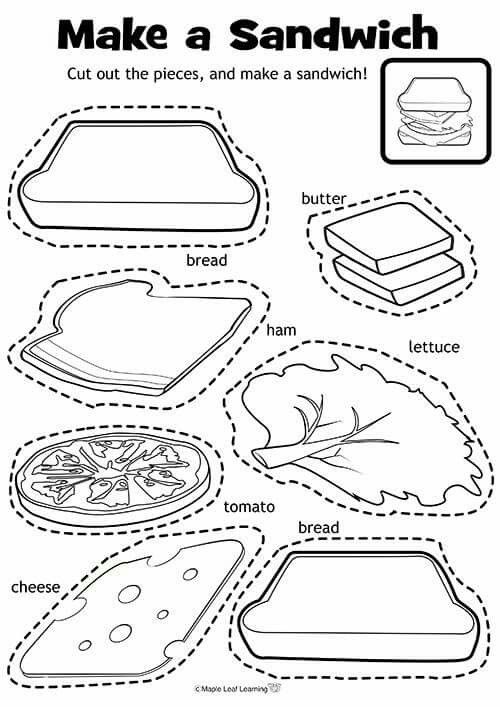 Such an integrated approach to the organization of teaching and upbringing work in the kindergarten creates the conditions for the widespread use of creative plot-role play as the most important means of communist education of preschoolers.
Such an integrated approach to the organization of teaching and upbringing work in the kindergarten creates the conditions for the widespread use of creative plot-role play as the most important means of communist education of preschoolers.
Joint play activities with young children during the adaptation period
Joint play activities with young children during the adaptation period "Hen and Chicks"
Purpose : formation of an emotional response and desire in children to participate in play activities.
Tasks :
* Cultivate a friendly attitude towards game characters in children, arouse a desire to help them
* Expand orientation in the environment
* Form cognitive activity
*Develop speech, enrich children's vocabulary
*Form ideas about the features of body parts, their characteristic features.
Equipment: (chicken, chickens according to the number of children, a house, saucers, millet)
The course of joint play activities:
(A house is located in a visible place in the group and there are chickens behind it)
Warm-up at the beginning of the game helps children get ready for joint activities and relieve unnecessary stress.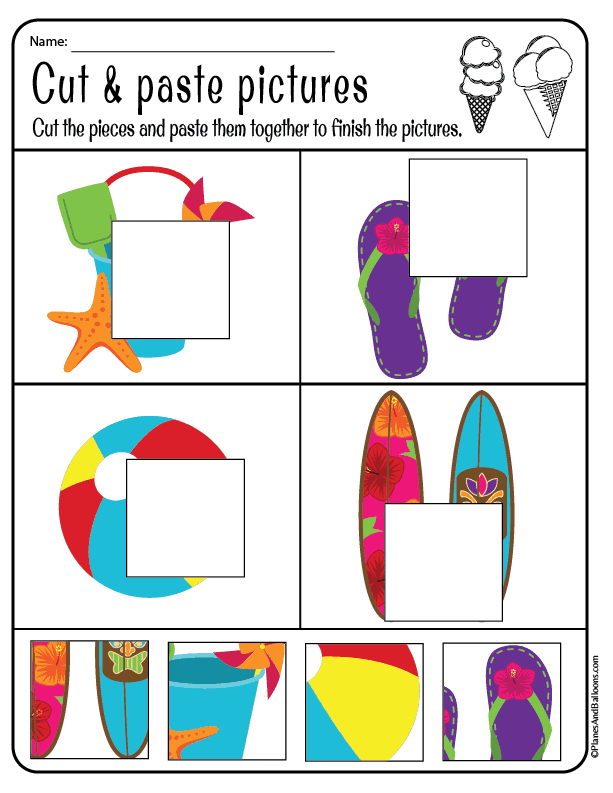 nine0110
nine0110
1. The gentle sun shines on the path
(raise their hands up, reach for the sun)
I'll show the sun all my palms
(Pull out their hands with their palms up)
- Right, left - all their palms!
(show palms in turn)
2. I will show the sun pink cheeks
(they touch the cheeks with the index finger)
-Round ruddy, like cones
(stroke the cheeks)
-Right, left, cheeks-koloboks!
(rub the palm on the right and left cheeks)
3. Red freckles on the nose from the sun
(showing "freckles" on the nose with fingers)
-Little ears basking in the sun
(rubbing ears with palms)
-Right, left - small ears!
(show the ears with a finger in turn)
*After the warm-up, an audio recording sounds (the clucking of a chicken)
Educator : Who are these guys? (hen and chicken are in a group in a conspicuous place, the children are looking for them)
Who came to visit us? (ko-ko-ko hen) and little chicken
("wee-wee-wee")
Hen: Hello guys!
Children : (Children's Office)
Kurochka : I am a chicken chuck and this is my little chicken
Children: Kurochka (“KO-KO-KO-KO”) (“pee-pee-pee”) (choir answer, ind.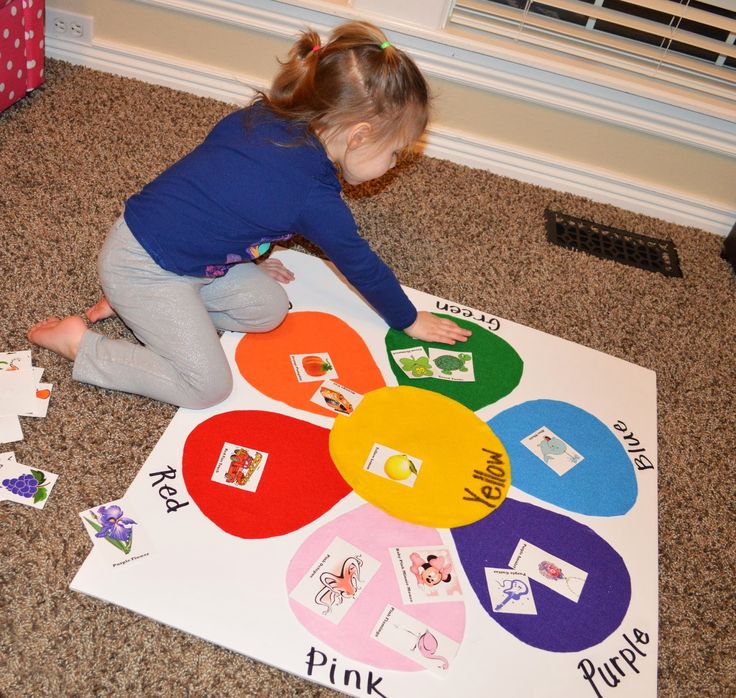 )
)
Educator: Invites the children to come closer and look at the chicken and the chicken, describing each (the chicken is big, the chicken is small, what big paws the chicken has, beak, and the chicken has a small beak, paws, what a fluffy chicken)
Educator: Guys, the hen is sad, crying, she lost her chickens
Hen: (crying) Where are my kids, yellow chickens?
I was walking in the meadow, turned away, and the chickens ran away, only one small, yellow chicken remained ... choral response of children) - Yes! (children go to look for chickens in a group, and the chicken calls them)
Educator: What does the hen call the chicks? (children's answers).
Educator: How do chickens squeak? (children's answers).
Educator: That's right guys.
They find chickens, mother chicken rejoices and invites children to play "The chicken went out for a walk" A. Filippenko (movements in the text)
Hen went out for a walk
Pinch fresh grass,
And after her the guys -
Yellow chickens!
Ko-ko-ko, ko-ko-ko,
Do not go far,
Row with your paws,
Look for grains!
Ate a fat beetle,
Earthworm,
Drank some water
Full trough!
Educator: Guys, why do chickens squeak? ( children's answers ).